It’s hard to know where to start with all that Munich has to offer. Bavaria’s capital and largest city holds the bar high as an economic powerhouse, popular tourist attraction, and a major centre of arts and culture. Despite being bombed into oblivion during World War II, Munich has rebuilt itself stronger and better than ever. In 2015, Munich was rated fourth city in the world with the highest quality of living. It’s a home to global corporations like BMW, Allianz and Siemens and has the lowest unemployment rate in Germany. Its historic architecture, rowdy beer halls and elegant parks make Munich a desirable place to live, play, and visit. Oktoberfest, the largest folk festival in the world, alone attracts 5 to 7 million tourists to Munich a year. All things considered, Munich seemed to be the perfect place to end our Bavarian adventure!
As it turns out, a lovely actress by the name of Katrin (visit her blog here), whom we met long ago in Denmark, found us a place to sleep in Munich. We befriended Katrin while staying at Makvarket and we crossed paths again in Bulgaria’s capital of Sofia. When we mentioned we were eventually going to Munich, Katrin exclaimed, “My dad lives there! You must stay with him.” Although we didn’t want to impose, Katrin’s friendly and aggressive insistence won us over. Truth be told, we were very happy to be able to stay with someone familiar (even though we hadn’t met him yet).
We had arranged to meet Dimitri (Kat’s father) at Odeonsplatz, one of Munich’s countless, regal squares. Ashleigh, her brother Braeden, and I waited on the steps of Feldherrnhalle, tucked beside a ferocious, stone lion. The Feldherrnhalle, “Field Marshal’s Hall’, is a magnificent gallery built over the site of one of Munich’s major city gates. The Italian-esque loggia was built in 1844 as a monument to the Bavarian army, stylised after the Loggia dei Lanzi in Florence. On the left side of Feldherrnhalle is a statue of Johann Tilly who led the Bavarian army during the Thirty Years War, and on the right is Karl Philipp von Wrede who led the fight against Napolean. The central sculpture was added after the Franco-Prussian War, representing the victory over the French and the unification of Germany.
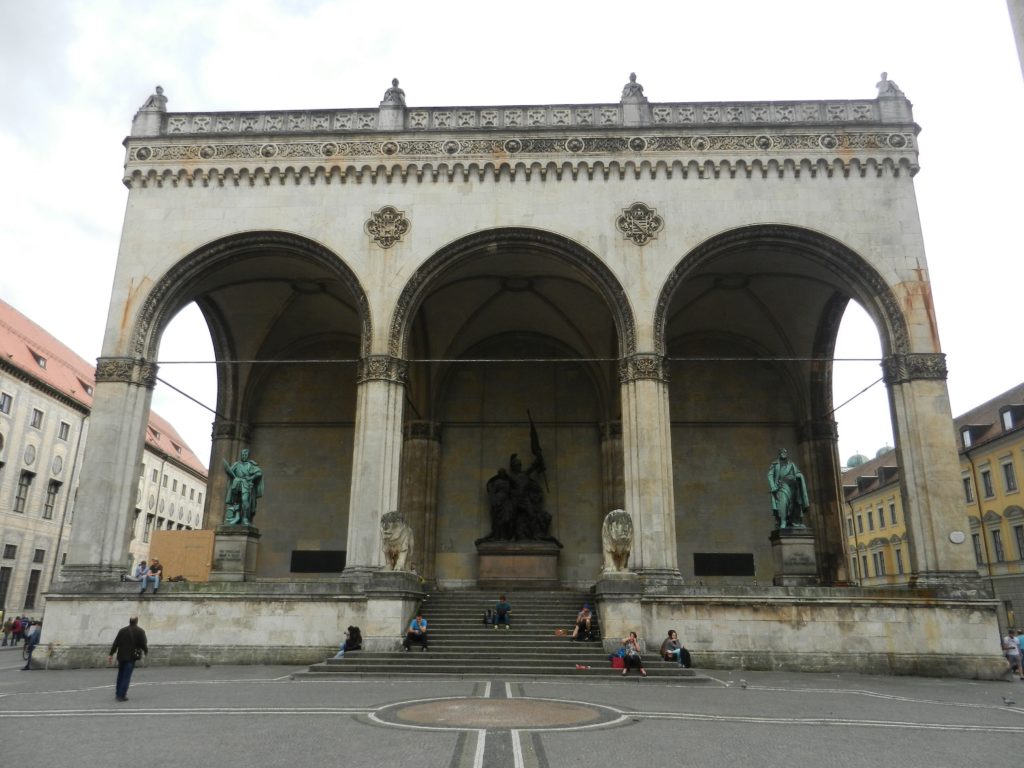
Odeonsplatz was actually the site of Adolf Hitler’s first attempt to seize power in Germany. In November 1923, 10 years before his election, Hitler led a group of 2000 Nazis in a “people’s revolution” from the Bürgerbräukeller beer hall to the Bavarian Defence Ministry. They were interrupted at Odeonsplatz by the state police and the battle began, resulting in the death of 16 Nazis and four policemen. Hitler was charged with the act of treason and sentenced to 5 years in prison, although he was released after 8 months for good behaviour. Hitler’s failed “Beer Hall Putsch” (coup) actually helped him rise in popularity, enabling him to gain power through more legitimate means. After the Nazi party was elected in Germany and formed its totalitarian government, Odeonsplatz was converted into a sacred Nazi site. Annual marches were held at Odeonsplatz, and any citizens passing by the monument were required to salute. After the Nazi regime ended, citizens tore down any Nazi embellishments and restored Feldherrnhalle to its original state.
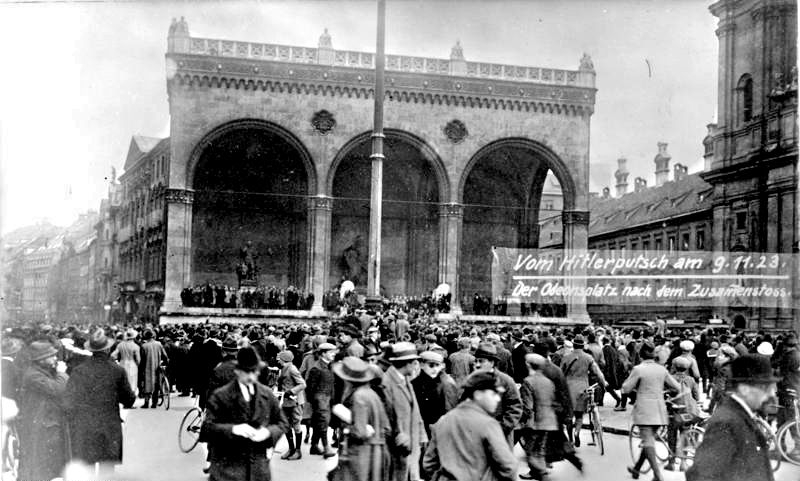
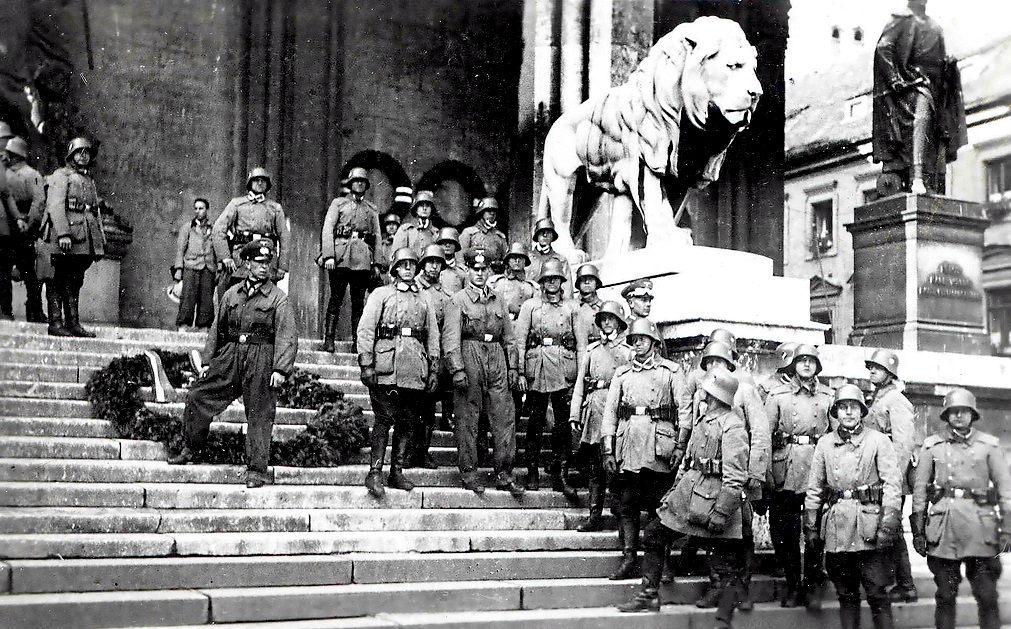
Dimitri picked us up from Odeonsplatz and took us to his home in the eastern part of Munich. To our surprise, his wife, Olga, had prepared a glorious, candlelit dinner for us. Throughout the evening, Dimitri eagerly told us all about the city he lived in, its museums containing a wealth of cultural treasures, its stunning parks and attractions. We exchanged stories of adventure: ours through the wonders of Europe, his through the deserts of Israel and the lava-fields of Iceland. In the evening Dimitri took us for a walk to Eisbachwelle, a section of the canal that formed a perpetual wave. Even at night, surfers lined up at the edge of the canal to take a crack at catching the wave. Back at home, the three of us got settled in for the night, shocked yet again by the kindness and generosity of strangers.
In the morning we were pumped to start a new day exploring the surrounding area. There were so many museums, parks and monuments nearby and we weren’t even close to the heart of the city. The first, spectacular monument we came across was the Friedensengel, Angel of Peace. This bronze-gilded babe was erected to commemorate 25 years of peace after the 1870 Franco-Prussian War. Underneath the vision of the goddess Nike is a mystical temple of glittering Greek-style mosaics and pillar statues.
Walking north along the Isar river we entered into the Englischer Garten, a massive green space riddled with trails, rivers, and Bavarian beer gardens. The English Gardens of Munich is one of the largest urban green spaces in Europe, larger even than New York’s Central Park and London’s Hyde Park. We spent that fine, sunny day wandering the maze of trails until, by happenstance, we stumbled across the Biergarten am Chinesischen Turm . In the centre of the biergarten, encompassed by greenery, stands a charming shelter against inclement weather: the Chinese Tower. This pagoda-style, wooden structure was blown up amidst the carnage of World War II, but an exact replica of the 1790 original was tenaciously rebuilt. Over 7000 seats surround the Chinese Tower, along with scrumptious food stalls and beer vendors serving Hofbräu and Maß lagers. You’re allowed to bring and eat your own food as long as you buy a beer, but their Schweinshaxn (roasted pork knuckle) and Steckerlfisch (grilled fish on a stick) are hard to resist.
A transit ride took us to the western outskirts of Munich and to our next adventure: Nymphenburg Palace. We were overwhelmed with the size of this estate; not just the baroque palace, which is a tremendous building, but also the 490 acres of stunning gardens that surround it. The Nymphenburg canal decorates the palace’s 500 square metres of front lawn, skirted with flower gardens and decorative hedges. Long-necked swans and silver fish inhabit the pools and a geyser of a fountain decorates the centre like a jewel. The canal wraps around the palace like a moat and then cuts straight through the centre of the grounds. We spent the less than 10 minutes in the palace itself and rest of the day journeying through Nymphenburg’s wondrous estate. We followed the canal for a while, flanked by Greek mythological sculptures, and then started down a random trail into the forest to see what we might find.
As if one palace wasn’t enough, several mini palaces of proportionate beauty dotted Nymphenburg’s grand greenspace. The first pavilion we stumbled across, Amalienburg, compensated for size with its highly exquisite decor. Though we weren’t allowed inside without paying another fee, I managed to stick my nose in an open door and take a picture of the Hall of Mirrors. I am always blown away by the tiny, lavish details that embellish every trim and corner of palace rooms. Meticulous, golden carvings of vines, birds, beasts and cherub figures laced themselves against a backdrop of pale blue within this mini palace. I read later that Amalienburg was built to be a simple hunting lodge; how rich the nobles of Nymphenburg must have been to afford such extravagance. Walking further along an offshoot stream of the canal, we came across another gorgeous pavilion. Badenburg was constructed in 1722 as a luxurious bathhouse, another pleasure palace for bored nobles. This artistic masterpiece contains intricate stucco work along with ceiling frescoes of Greek, mythological elements.
The stream we were trailing emptied into a lovely lake and across the water we could spy the Temple of Apollo, a Monopteros design, adding to the Greek classical inspiration of Nymphenburg Park. Skirting the lake, we came back around to the main canal that cut through the park and ended at a tranquil pool. Standing proudly around the water’s edge were all my favourite characters from Greek mythology, gods and heroes alike (can you guess their names?). Passing by two more mini palaces, Pagodenburg and Magdalenenklause, we completed our marvellous circuit of Nymphenburg, Castle of the Nymphs, and headed back to home base to get some well-deserved rest.
Our final day in Bavaria had come and we still hadn’t ventured into the heart of Munich: die Altstadt! If you only have a short time in Munich, I would recommend starting in the old town square of Marienplatz. From this main square you can easily walk to most of Munich’s popular attractions. The New Rathaus (townhall) stands front and centre in Marienplatz, boasting its neo-gothic architecture. On the face of Neues Rathaus’ highest tower is the famous Glockenspiel, an entertaining clock containing 43 bells and 32 movable, mechanical figures. Jousting knights, dancing folk and a marriage ceremony all takes place within this fantastic clock! This was high-quality entertainment before TV, ladies and gentlemen.
Poor Old Town Hall lies tucked away in the eastern corner of the square, looking almost sheepish under the dominating gaze of Neues Rathaus. Don’t worry Altes Rathaus, we still love your quaint, medieval charm! Old Town Hall was built around 1470 but the 180 foot tower attached to it is Talburg Gate, built in the 12th century to protect medieval Munich.

Looking north-west from Marienplatz you can see the iconic onion domes of Frauenkirche, “Cathedral Church of Our Dear Lady”, rising above the rest of the cityscape. Frauenkirche is the seat of the Archbishop of the region and therefore the most important church in Munich. It is also considered to be a major landmark and symbol of Munich. From the top of its bell-towers, the height of which no other building may exceed by law, you can get breathtaking views of the city, and on a clear day, the Alps.
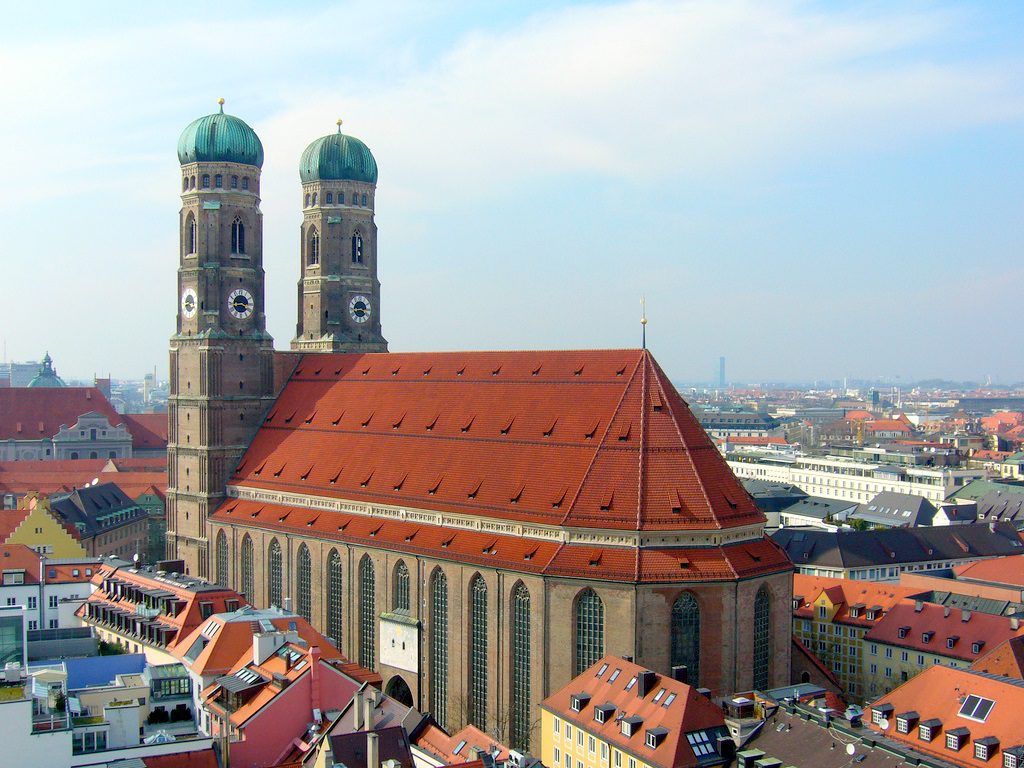
Peterskirche (Church of St. Peter) and Heiliggeistkirche (Church of the Holy Spirit) are also very close to Marienplatz, standing back to back from each other. Neither church compares above the other, both contain unique, barrel-vaulted ceilings painted with heavenly frescoes and powerful pillars dressed with gold. Another great viewpoint of Munich is from the tower of St. Peter’s Church, though you’ll have to climb 299 steps to reach the top (and don’t forget, you have to climb back down again).
Heading south between the two churches, Ashleigh, Braeden and I had a lot of fun perusing Munich’s open-air markets. The Viktualienmarkt spreads down from the Altes Rathaus in a tear drop shape, expanding into a vast collection of vegetable stalls, butcheries, bakeries, trinket shops and restaurants. There’s a beer garden in the centre of it all, of course, because you need a place to sit down and drink after a hard day of shopping. An ancient maypole rises tall above the vendors, depicting all the various goods sold in the market. These pictorial signs were designed for a time long ago when most people couldn’t read.
Skipping the Viktualienmarkt beer garden, we headed straight for Munich’s most famous beer hall, das Hofbräuhaus. Above all of Munich’s tourist attractions and countless beer halls, Hofbräuhaus (Court Brew House) stands out as a favourite. Why? Because in the royal halls of the Hofbräuhaus you’ll find everything that is quintessentially Bavarian. Entering the beer hall you’ll find yourself in a warm and rowdy atmosphere. In one corner of the hall, you may find students swinging litre mugs of beer, bellowing drinking songs. You may be lucky to hear the clamouring, brass oompah band play. Bretzl ladies will be wandering the aisles with baskets of pretzels along with the bar maids, carrying up to eight litres of beer at a time. As silly as it may sound, beer is a very important part of Bavarian culture. In the past, beer was actually considered to be a vital food source, regulated by the German Beer Purity Law of 1516. Women once believed beer to work as a beauty treatment, doggedly drinking up to seven litres a day. The Hofbräuhaus brew even saved the city from destruction during the Thirty Years War. When King Gustavus Adolphus of Sweden invaded in 1632, he threatened to burn Munich to the ground. He only agreed to leave the city in peace if the citizens surrendered hostages along with 600,000 barrels of Hofbräuhaus beer. Besides being a tourist attraction, beer halls are a vital communal space for the locals to meet, drink, gossip, drink, dance, drink, and unwind.
After being sufficiently unwound with only one litre down the hatch, we wandered back towards home base, stopping to squeeze in one last Munich attraction: The Residenz. As a palace originally built for princes, dukes, and emperors to show off to other posh royalty, it is a marvel for commoners today. 130 rooms of coloured marble and gold embellishment contain a wealth of priceless jewelled treasures, sacred relics, and mythical sculptures. Divine frescoes of gods and angels decorate each ceiling, while heavy tapestries and portraits of past rulers cover the walls. The Ancestral Gallery displays a haughty row of paintings of royal residents. You’ll notice that there are knife marks around some of the portrait’s edges; just before an Allied bombing in World War II, the Germans attempted to rescue the paintings by quickly cutting them out of their frames. What I consider to be the most impressive room was the Antiquarium, a vast hall with a barrel vaulted ceiling, filled with Renaissance art and antique sculptures. On one side of the Grotto Courtyard, the incredibly detailed Perseus Fountain, entirely covered in seashells, blew my mind. The original masterpiece was destroyed in World War II, but the towns folk collected all the shells for its reconstruction.
Even though most of Munich’s grandeur was wiped out by the ravages of war, through the perseverance of the Bavarian people, every brick, every stone, and every detail was restored. The residents of Munich remembered their city’s former glory and succeeded in bringing it back as Germany’s cultural, economic, and touristic capital. Munich’s strong sense of community does indeed earn itself the nickname, Millionendorf, “Village of a Million People”. Our delightful journey from the tranquil towns of Freiburg and Heidelburg, to the medieval villages of Bamburg and Rothenburg, not to mention the fascinating city of Nuremburg, had ended on a high note. Giving a warm but sad goodbye to our gracious hosts, Dimitri and Olga, as well as our travelling companion Braeden, we set out on the last half of our incredibly long, European journey.
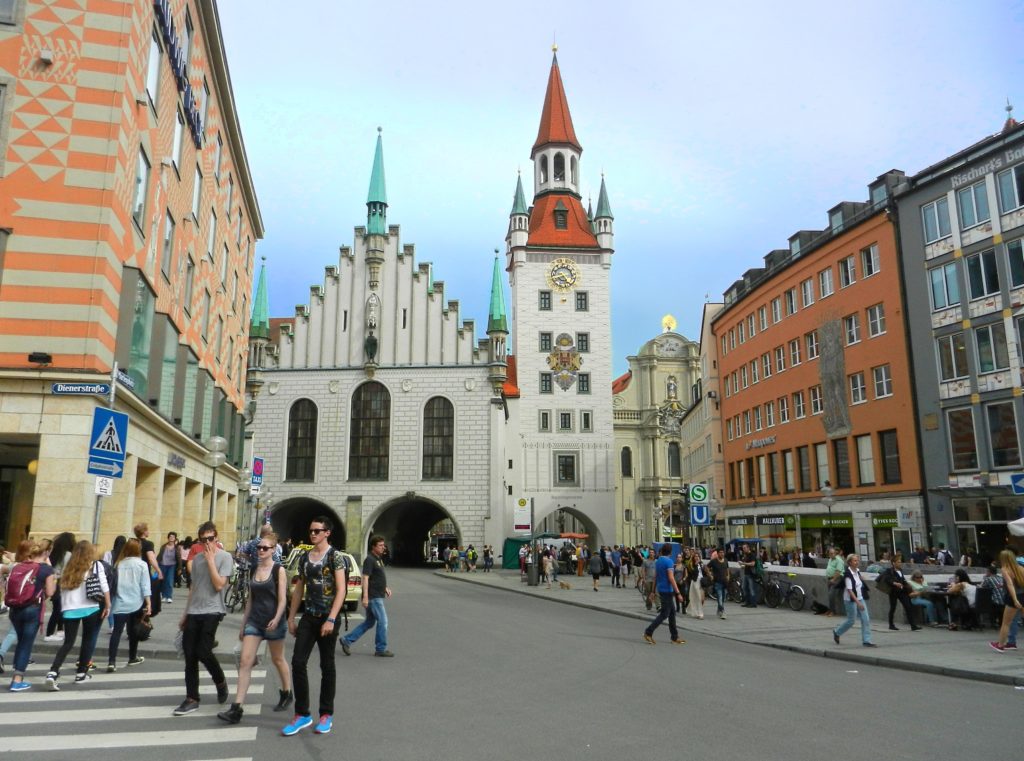

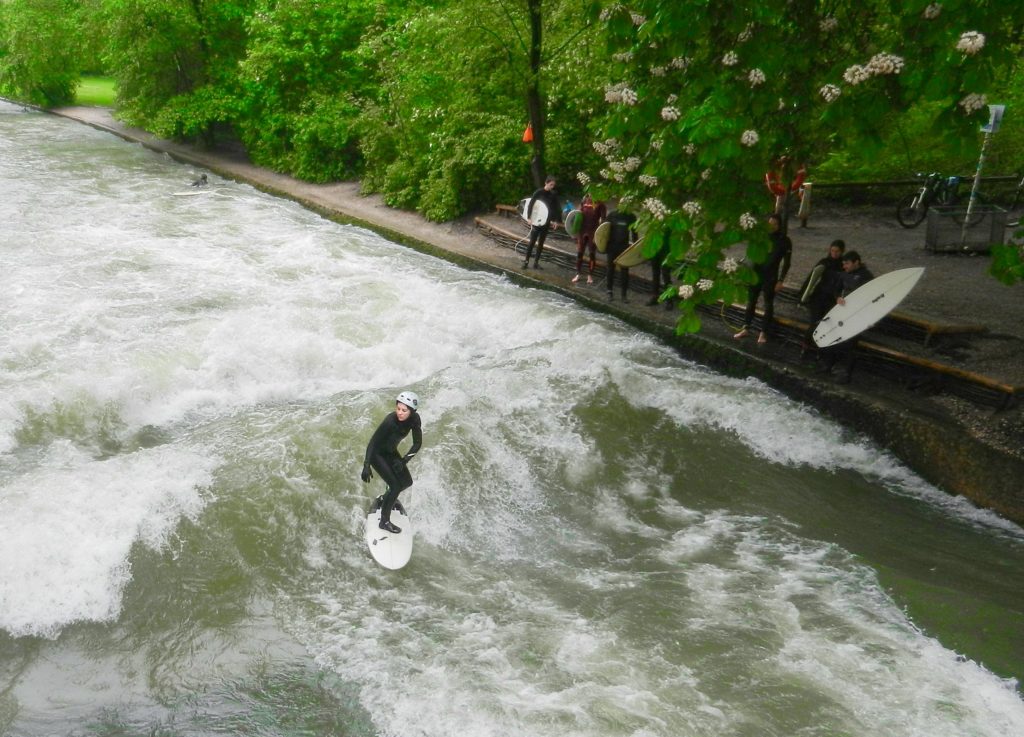
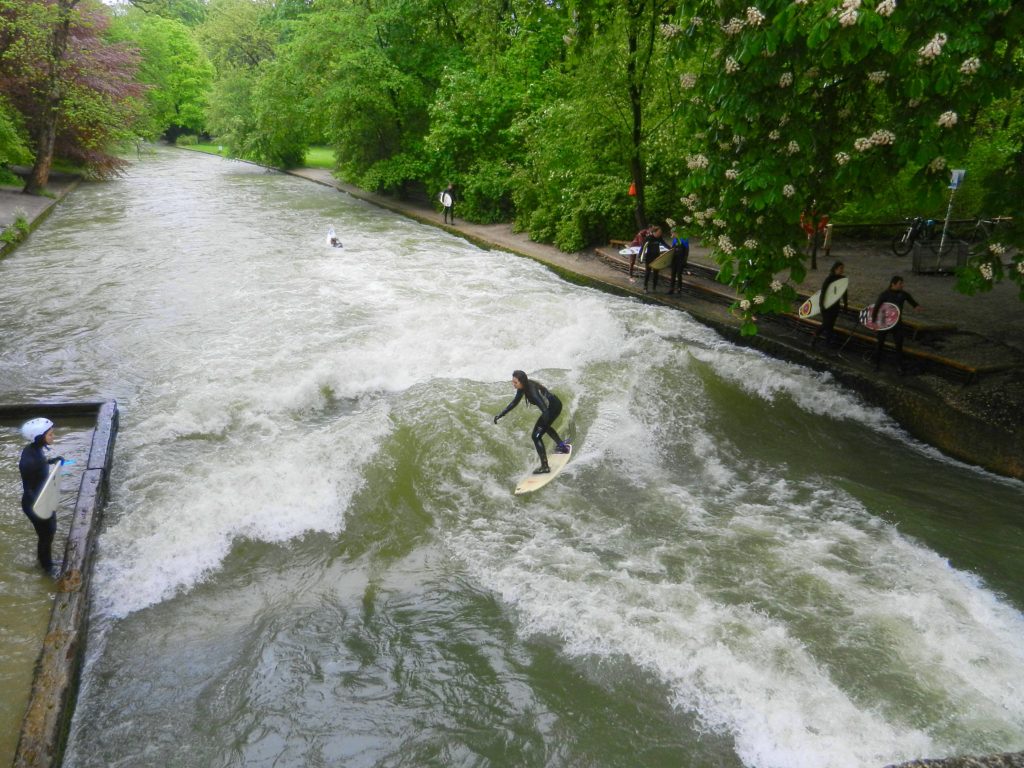
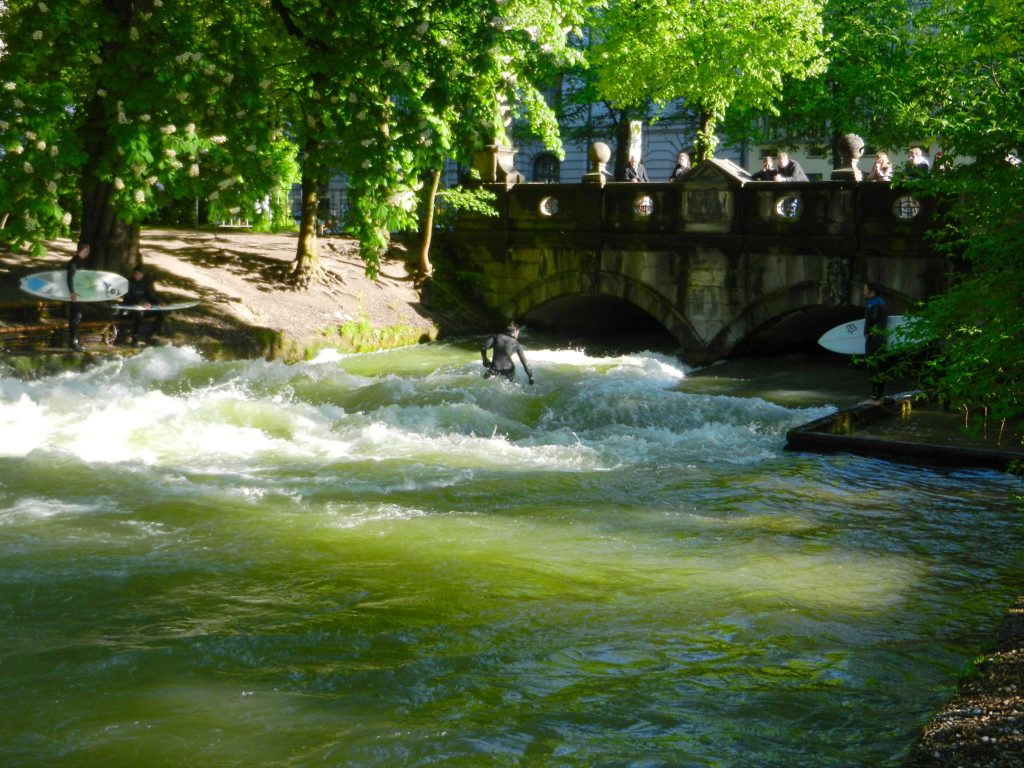
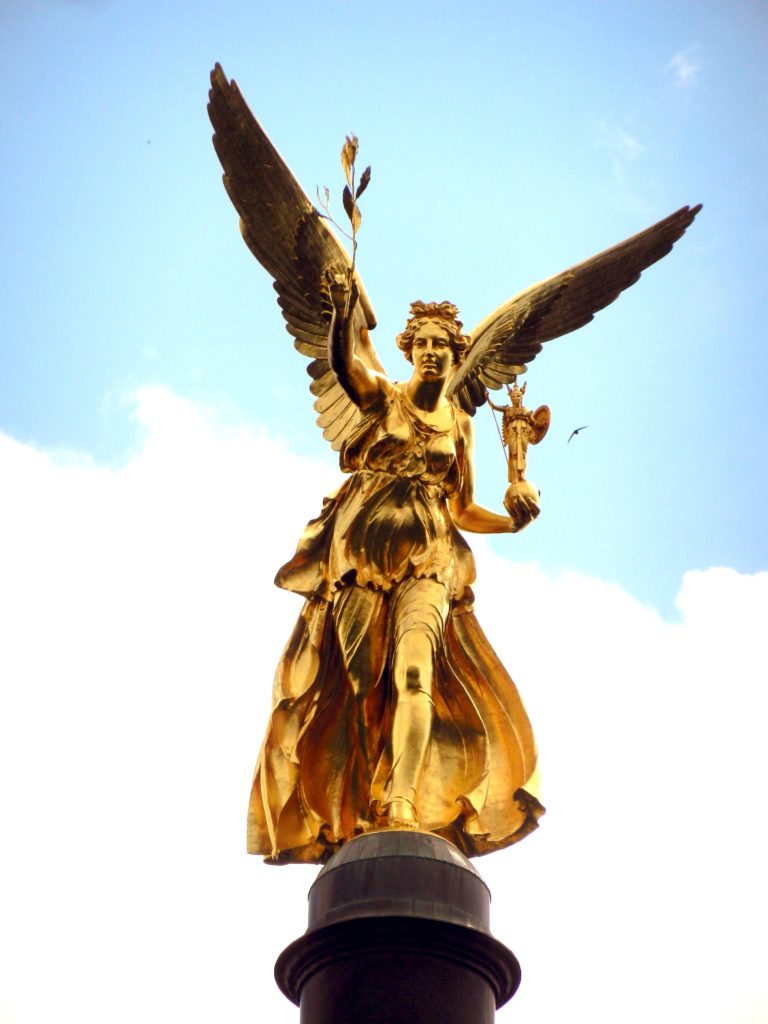
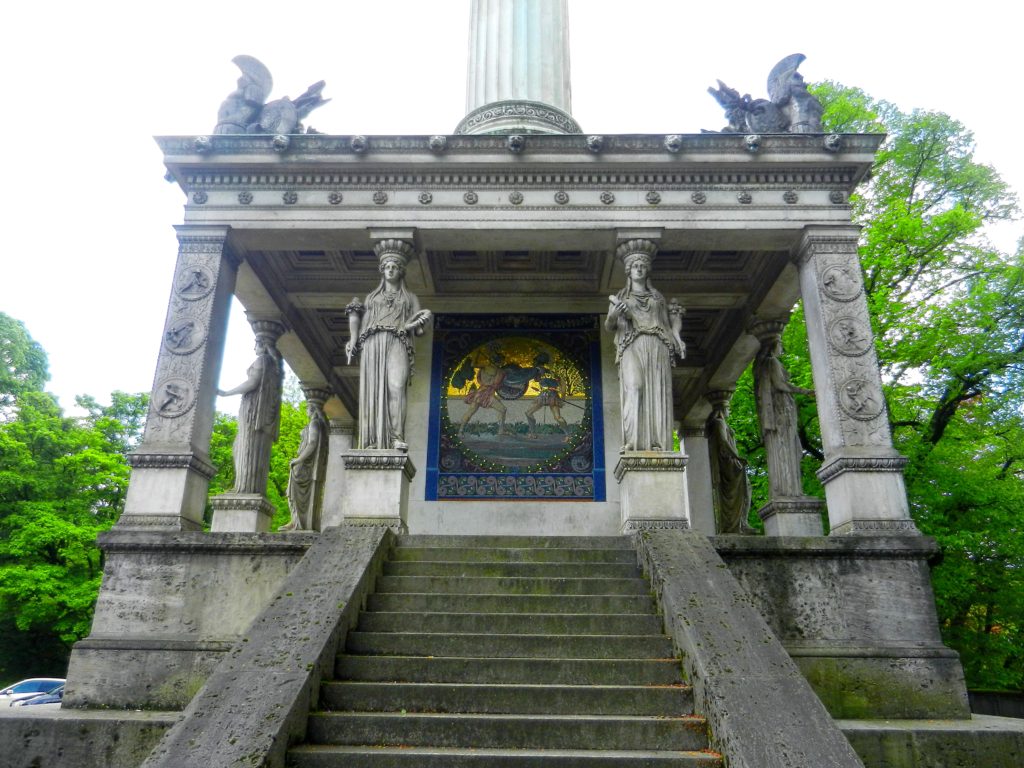
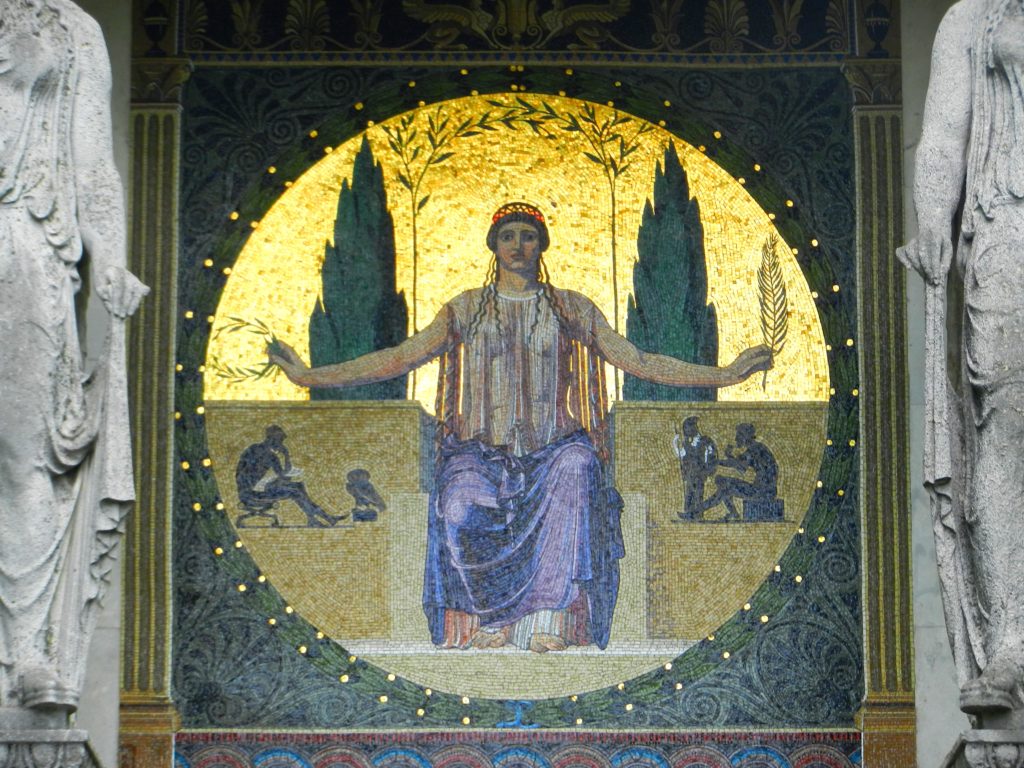
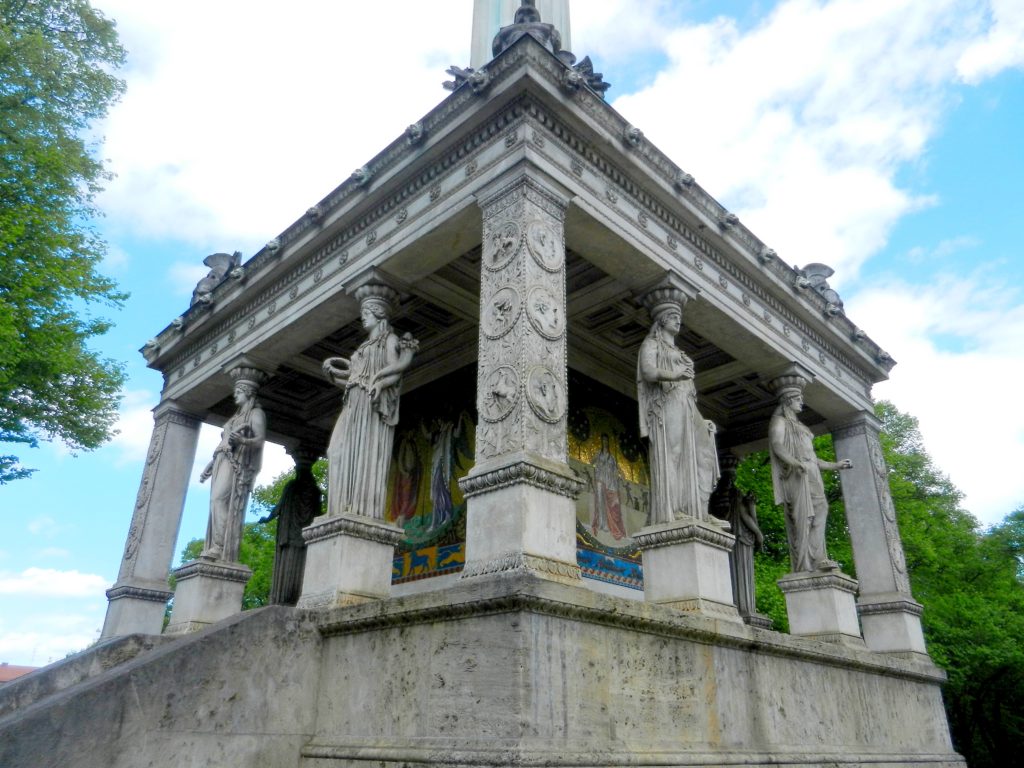
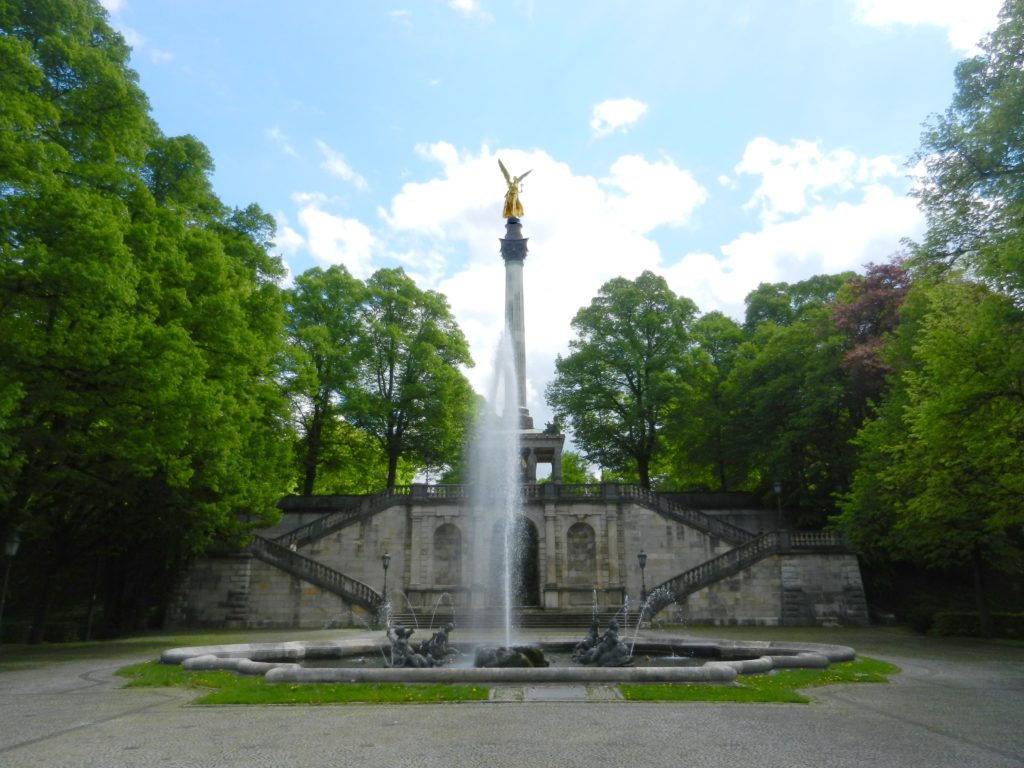
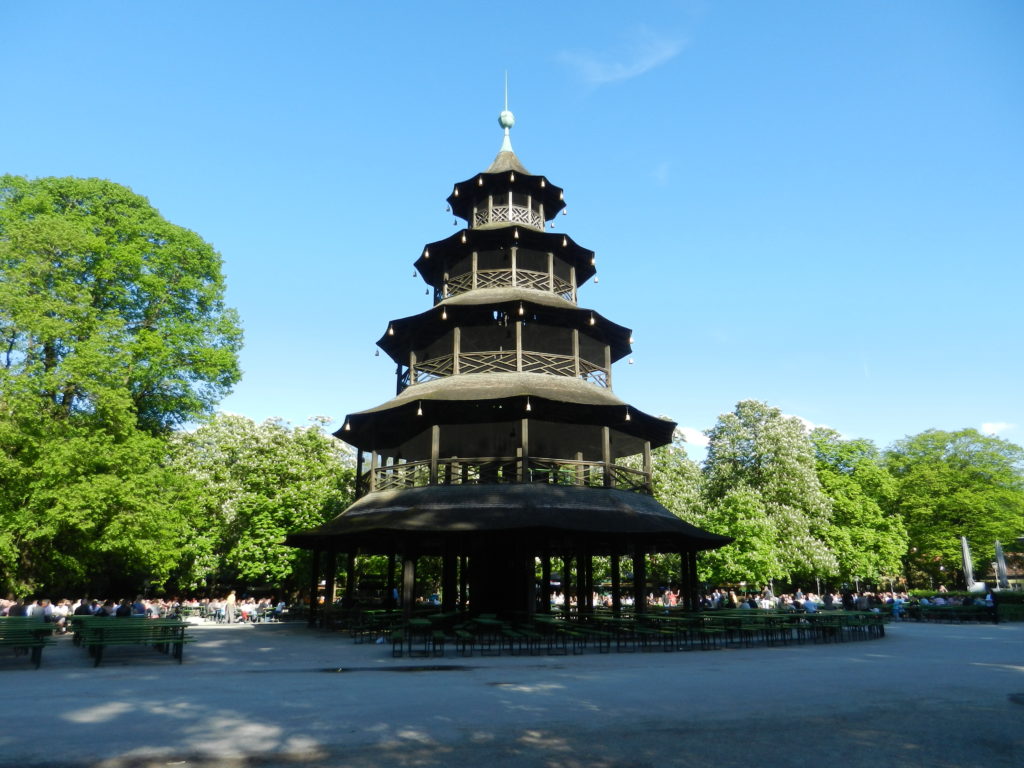
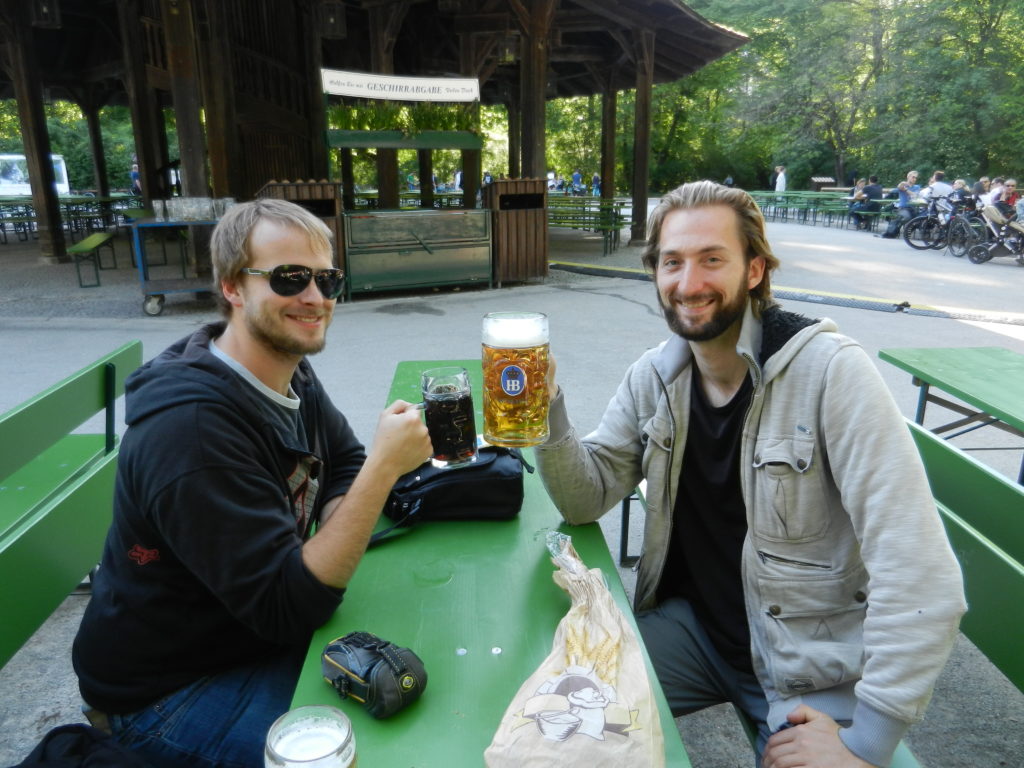
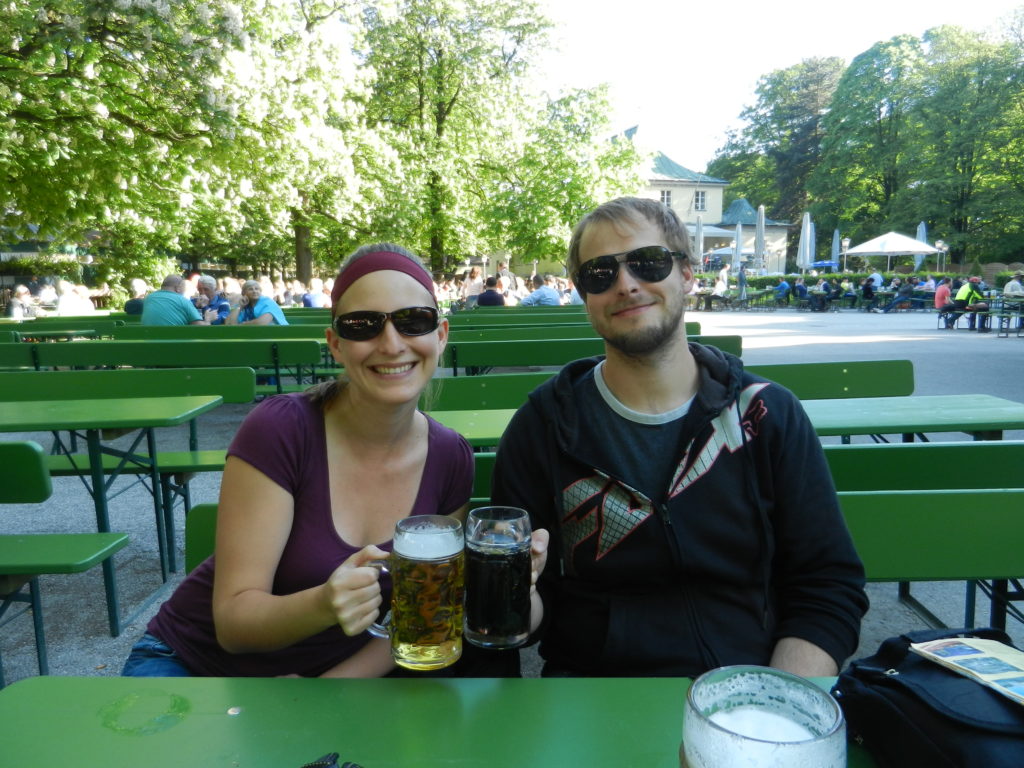
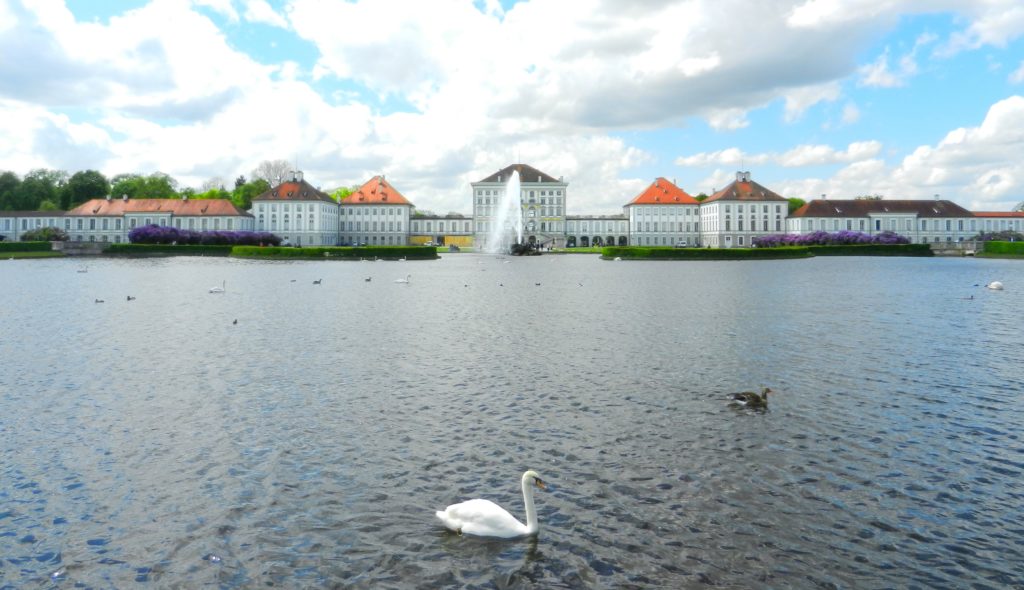
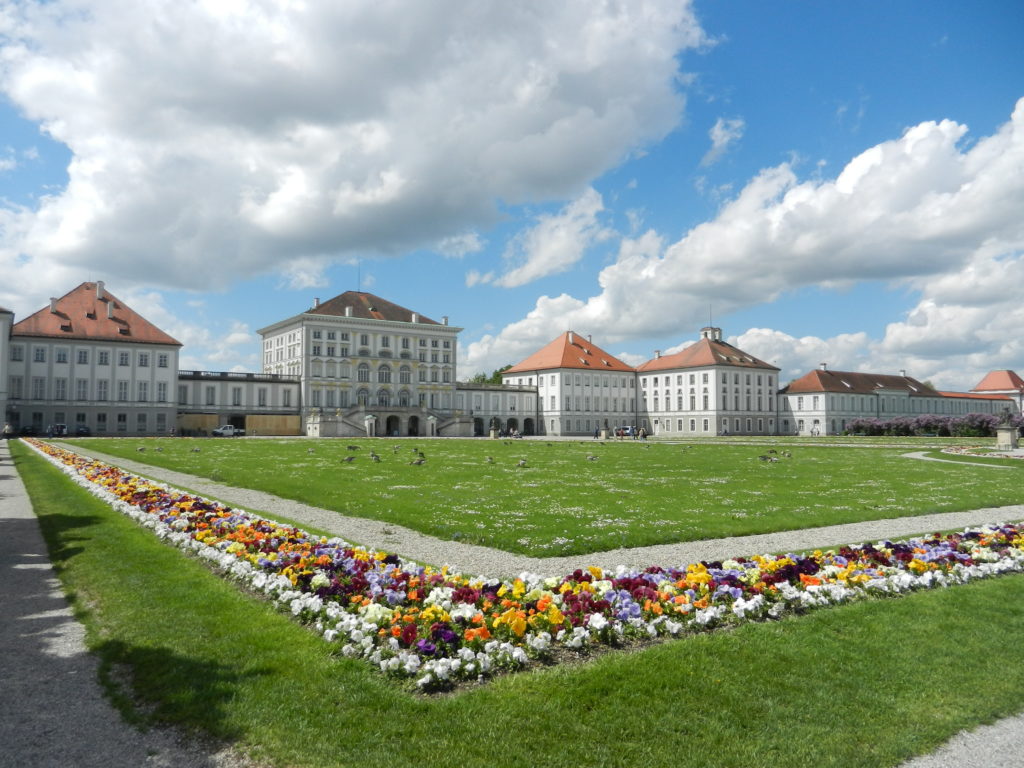
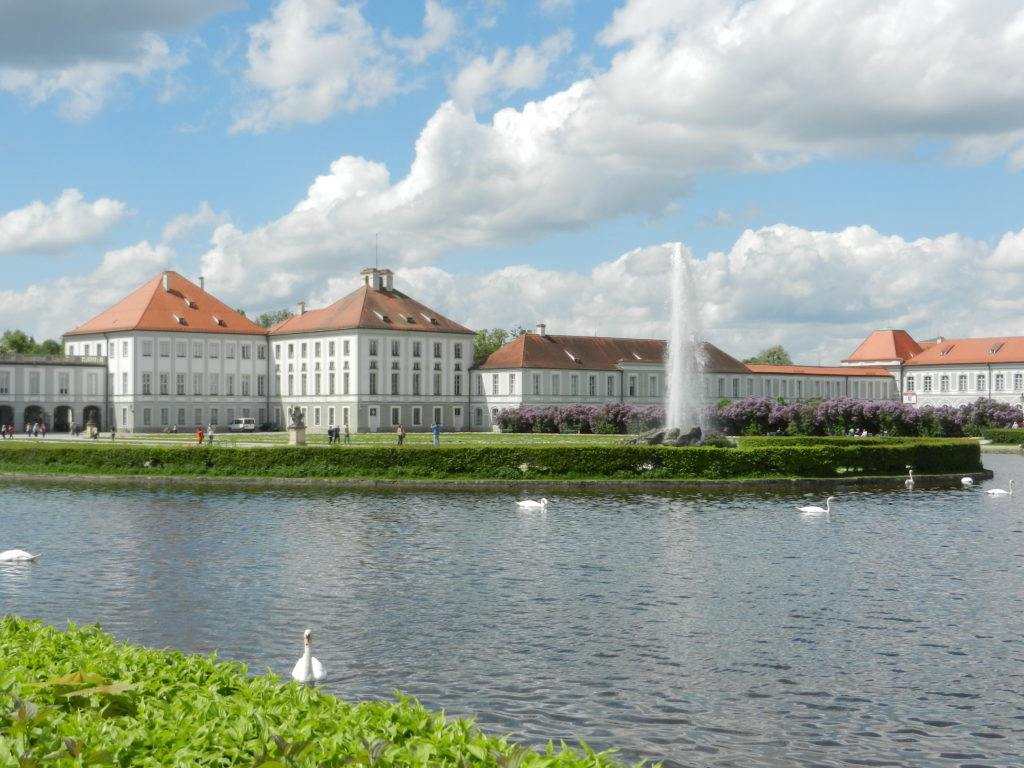
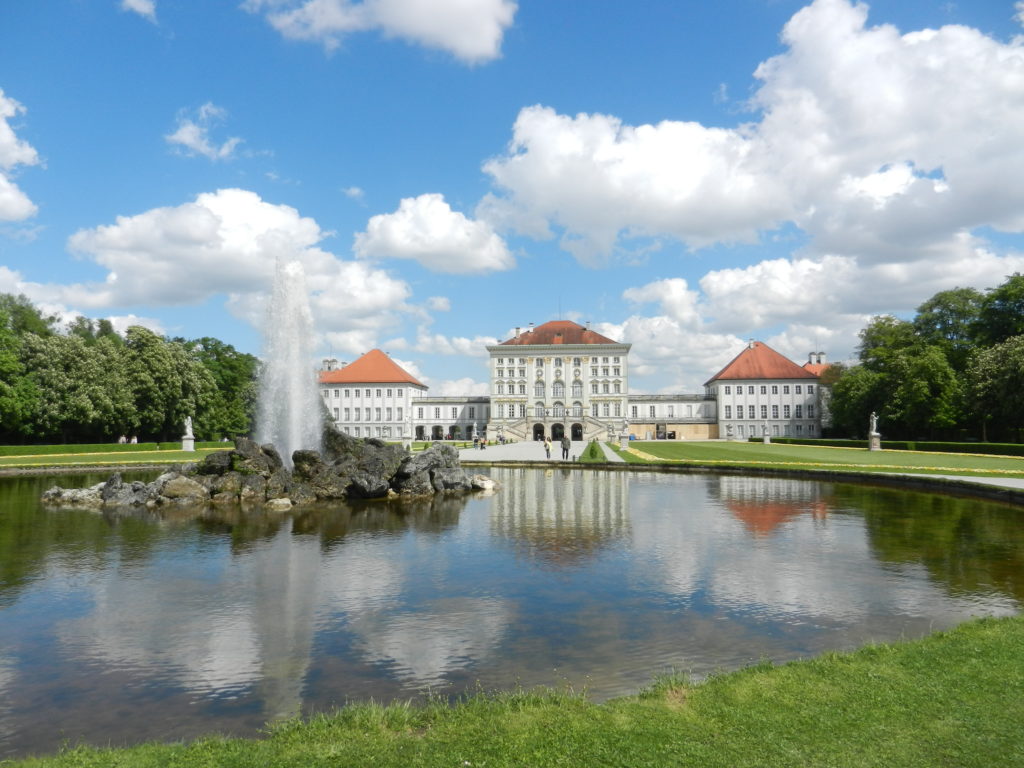
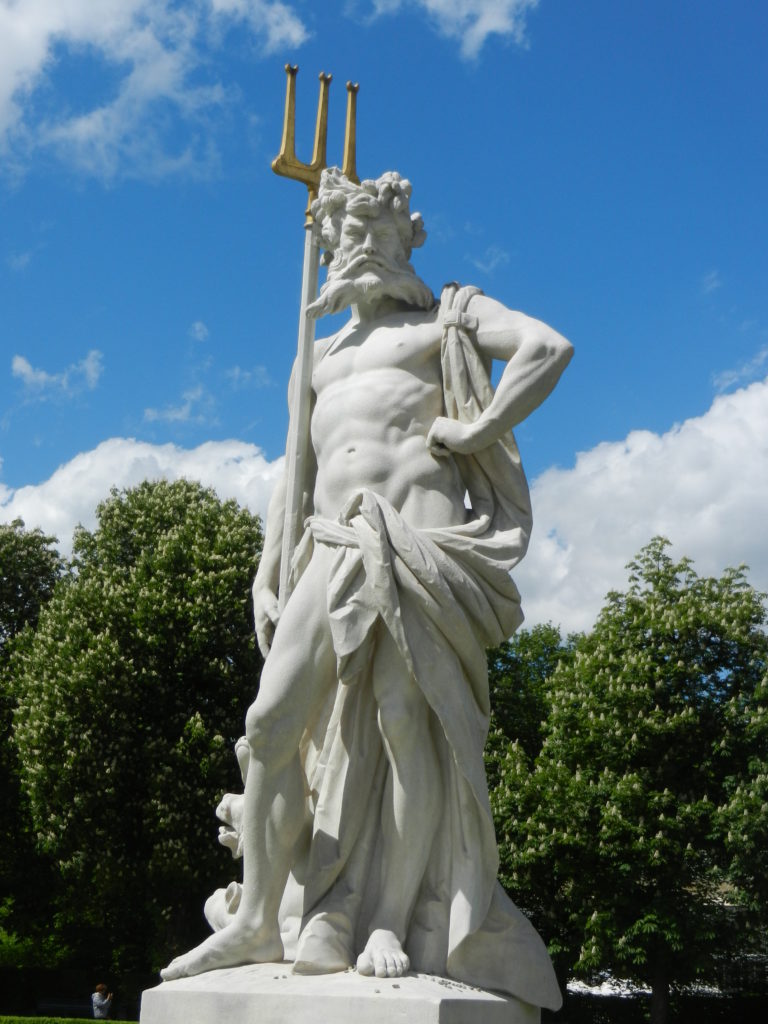
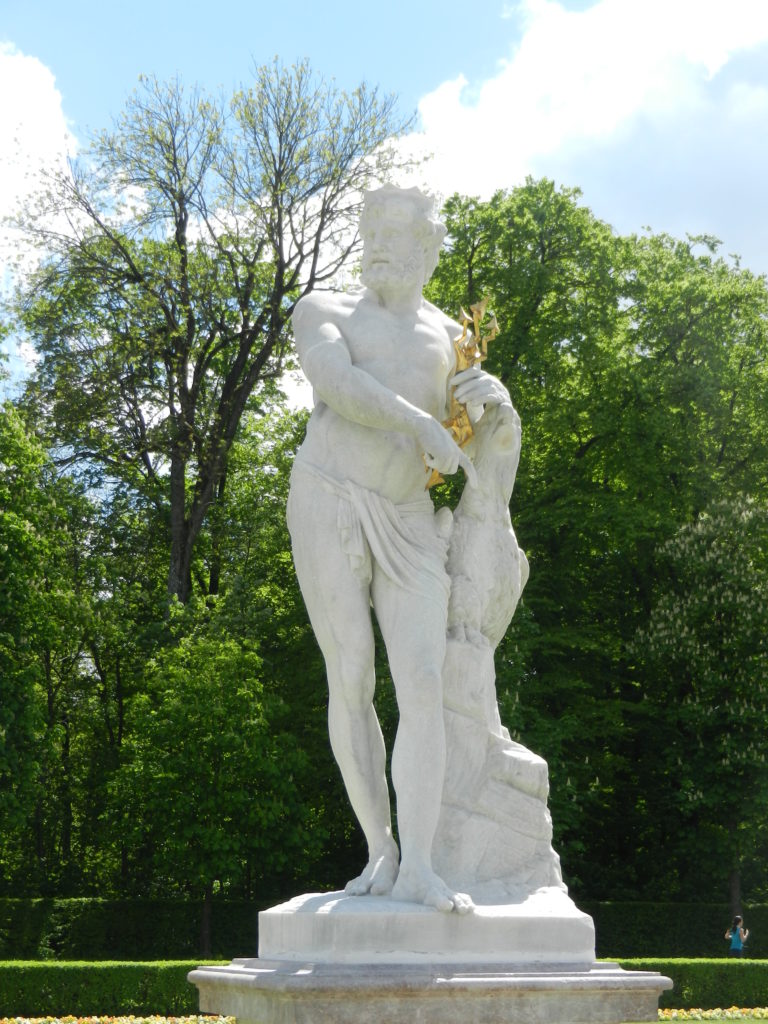
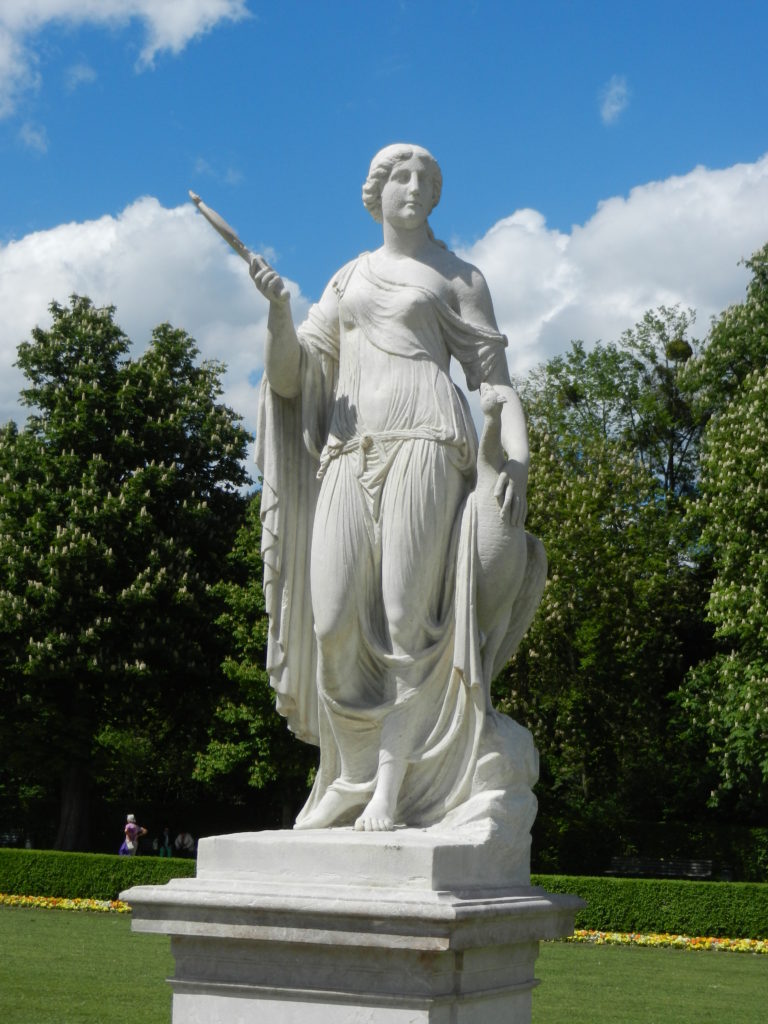

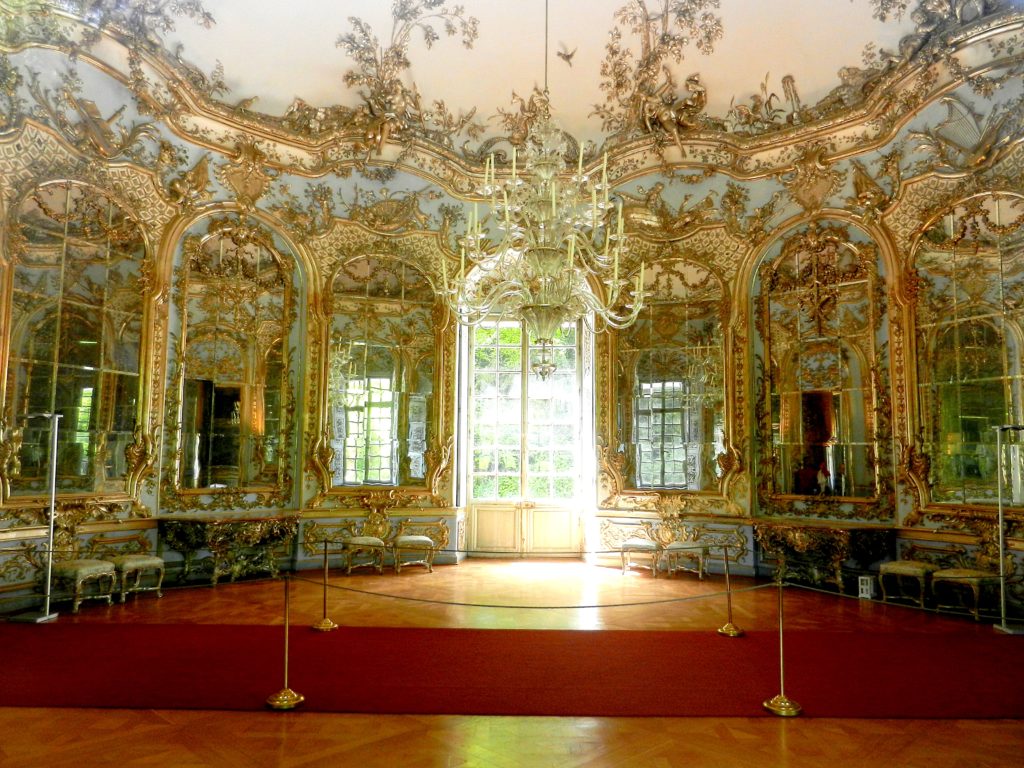
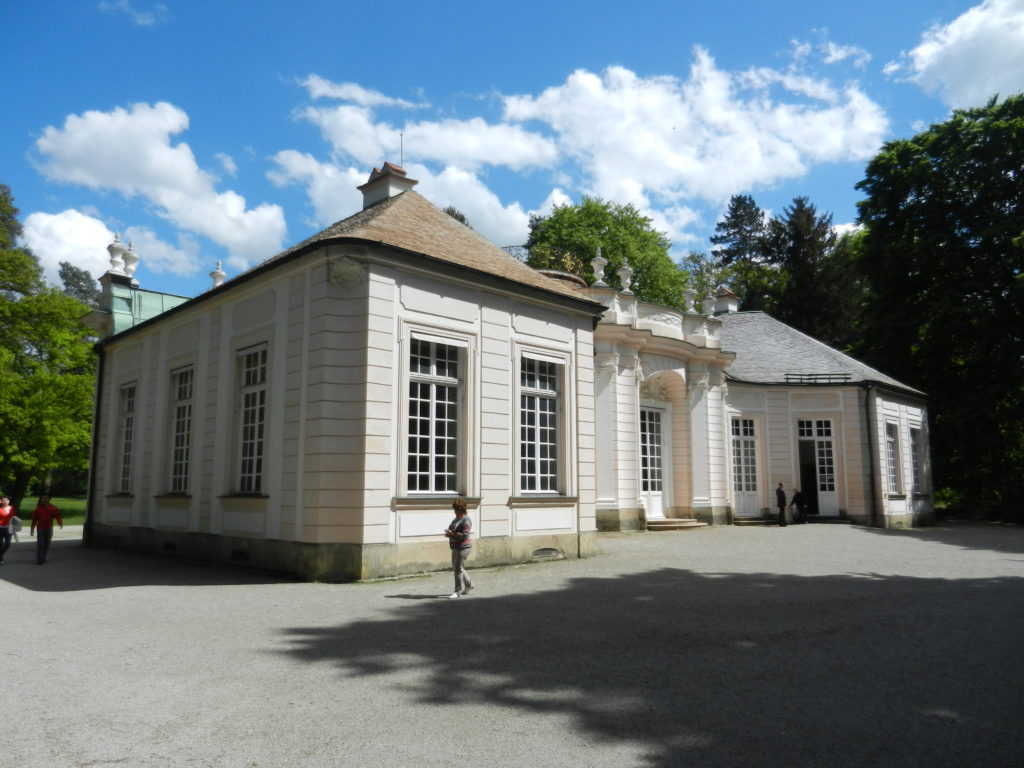
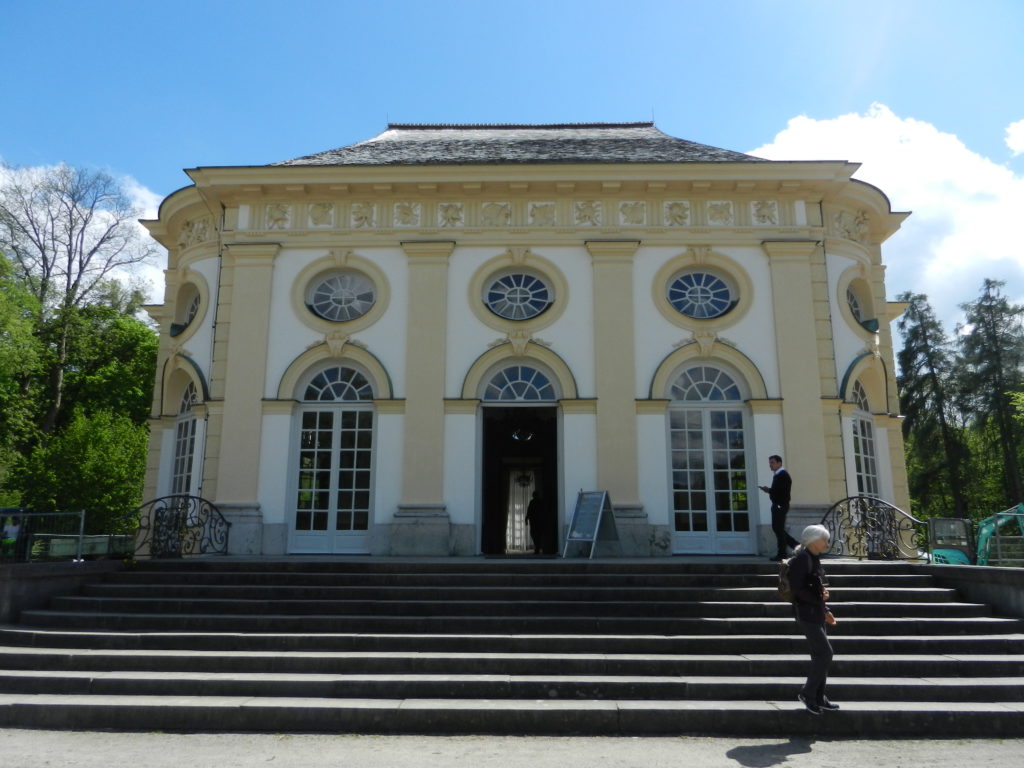
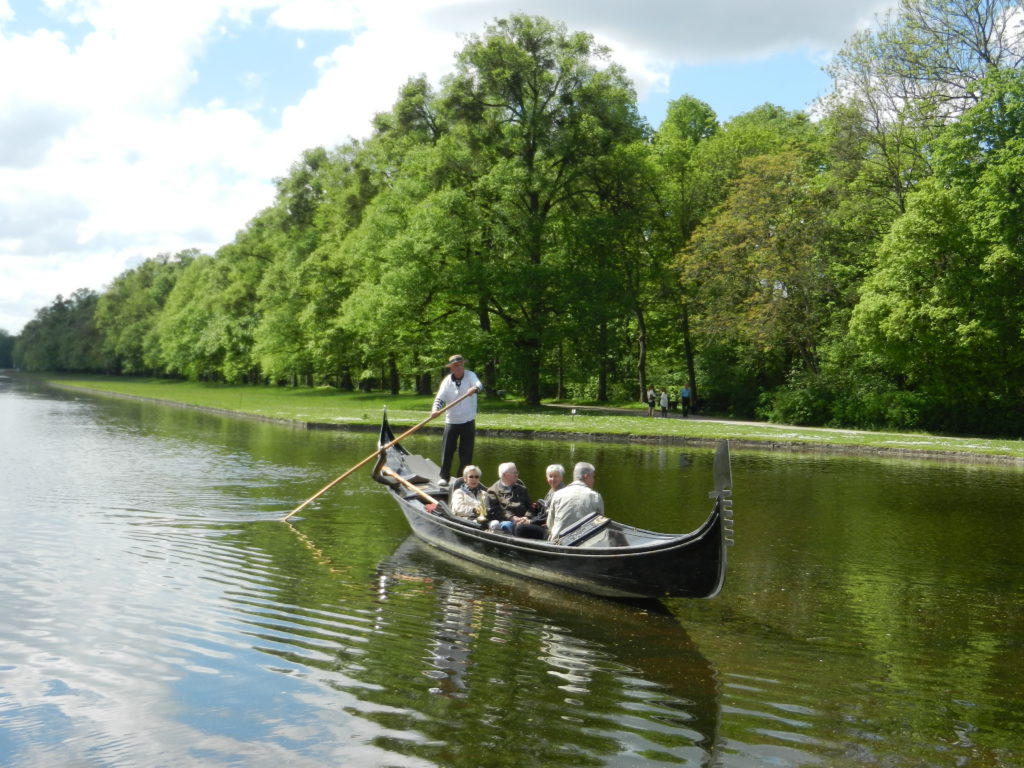

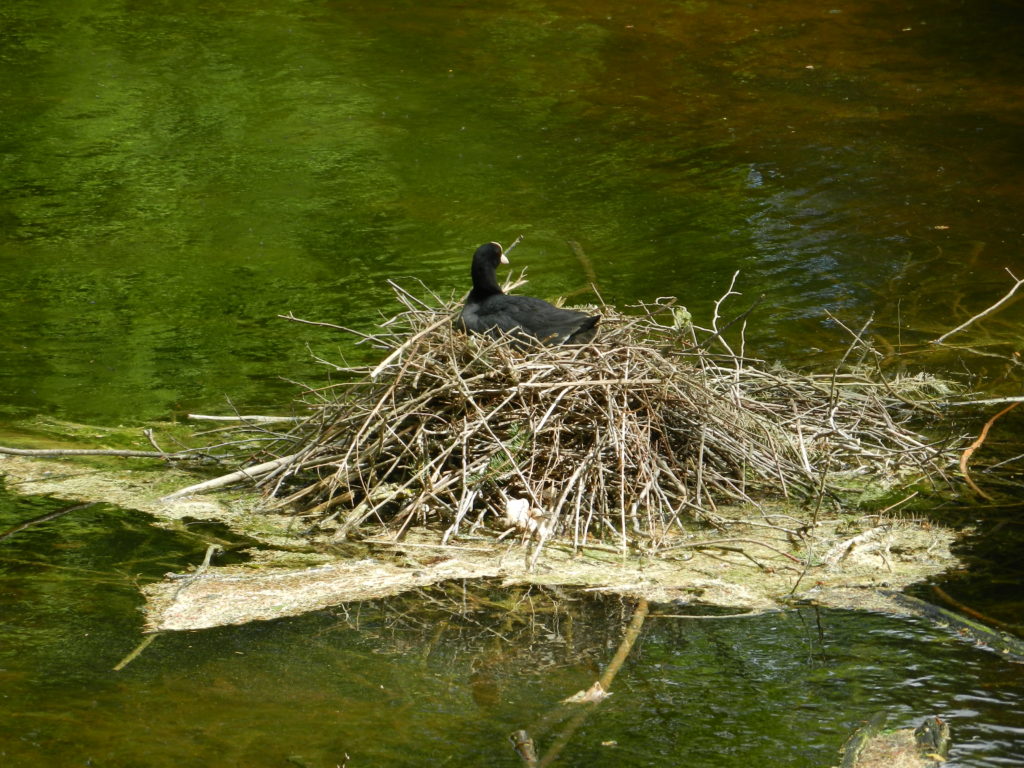
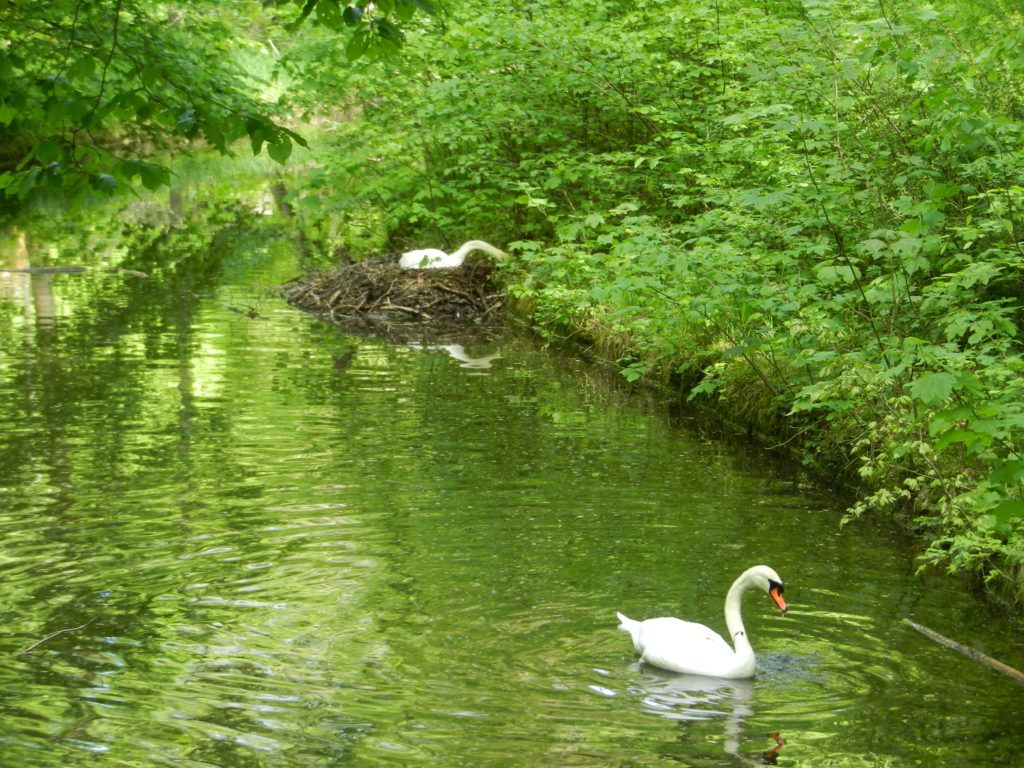
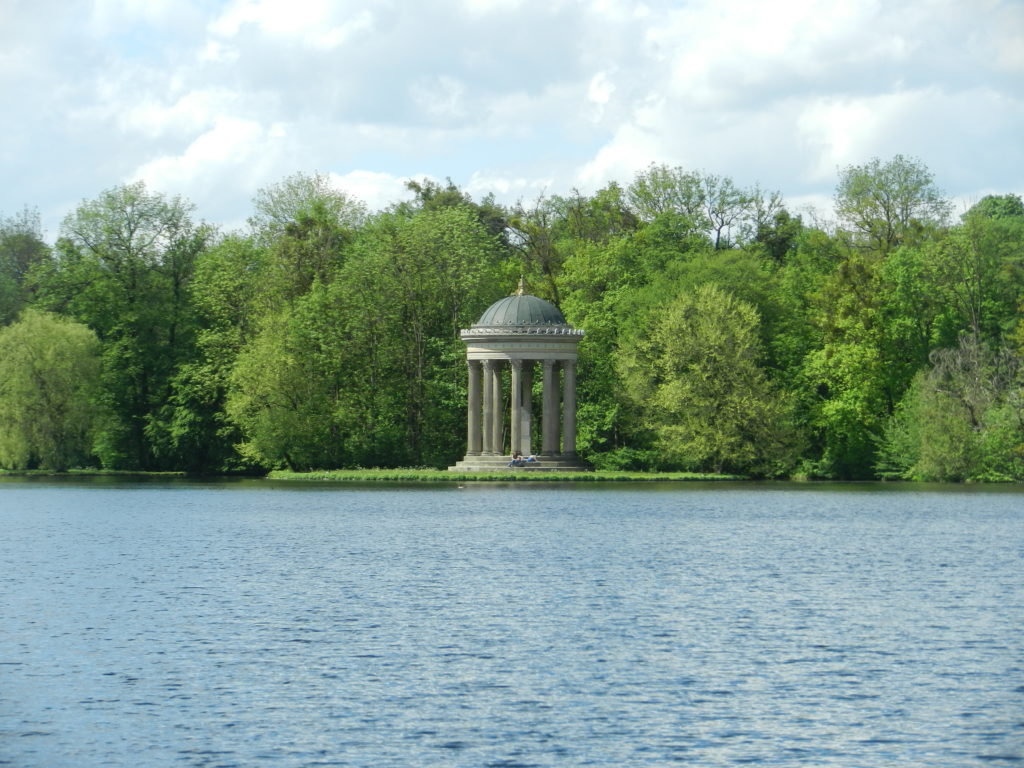
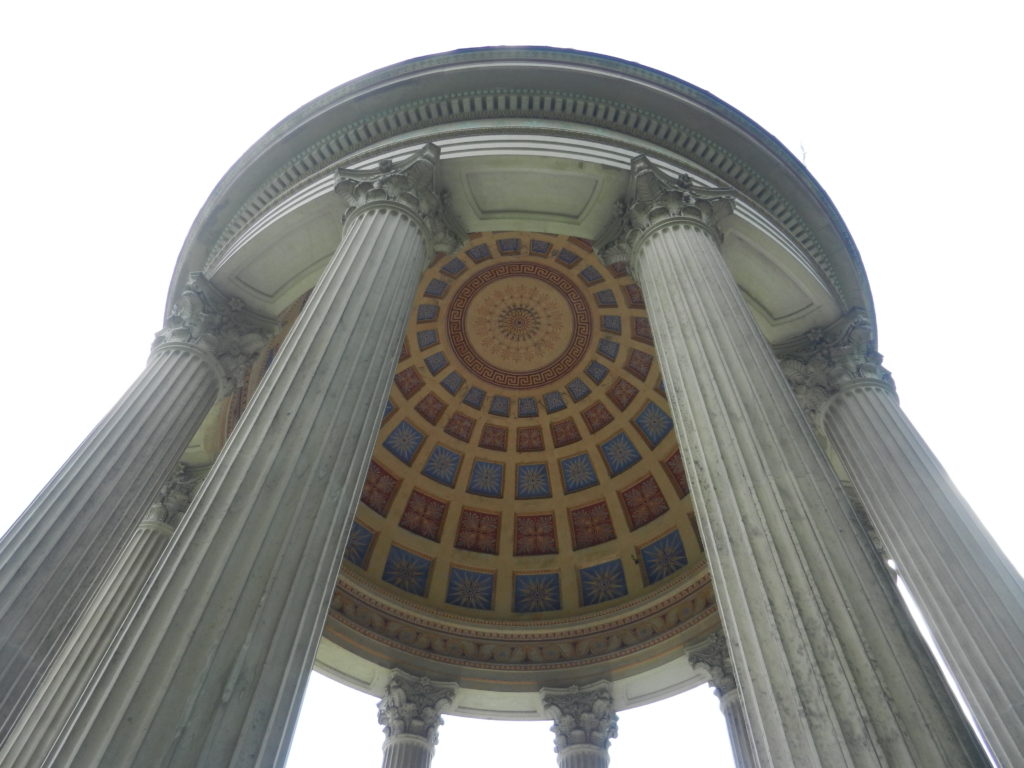
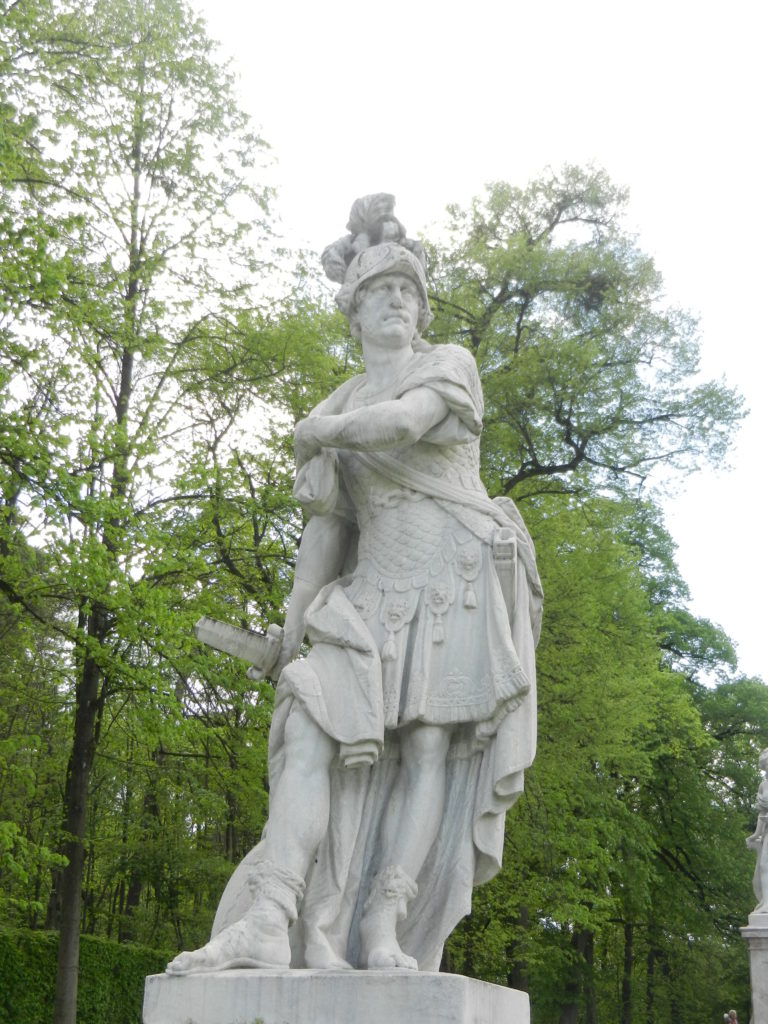
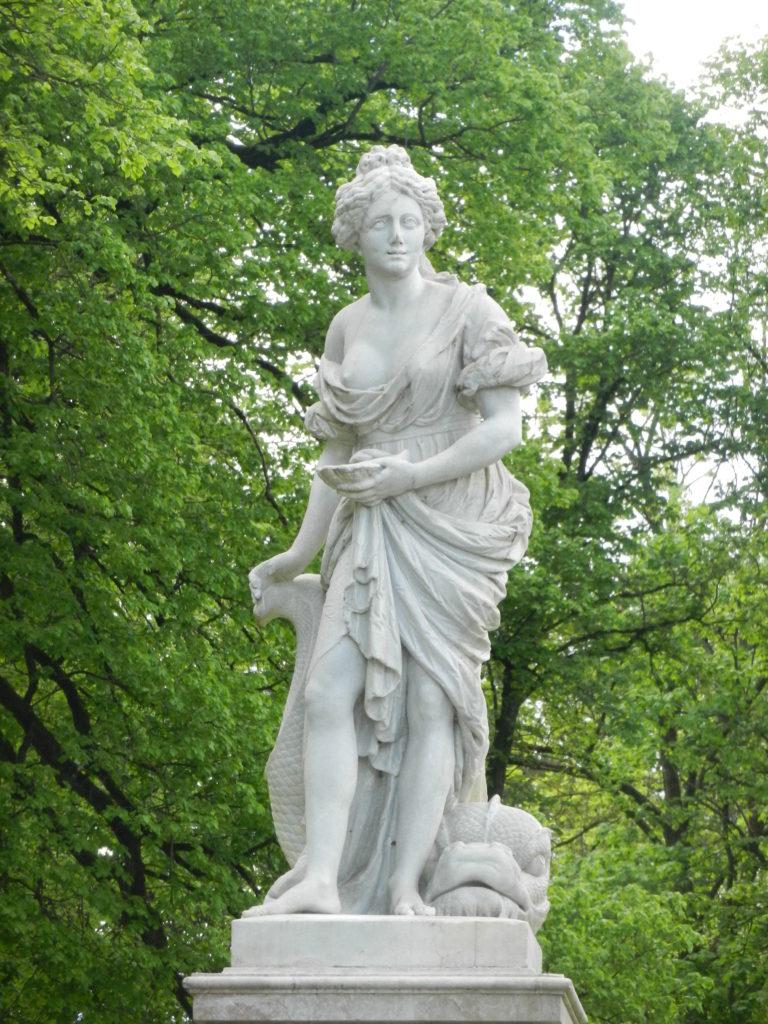
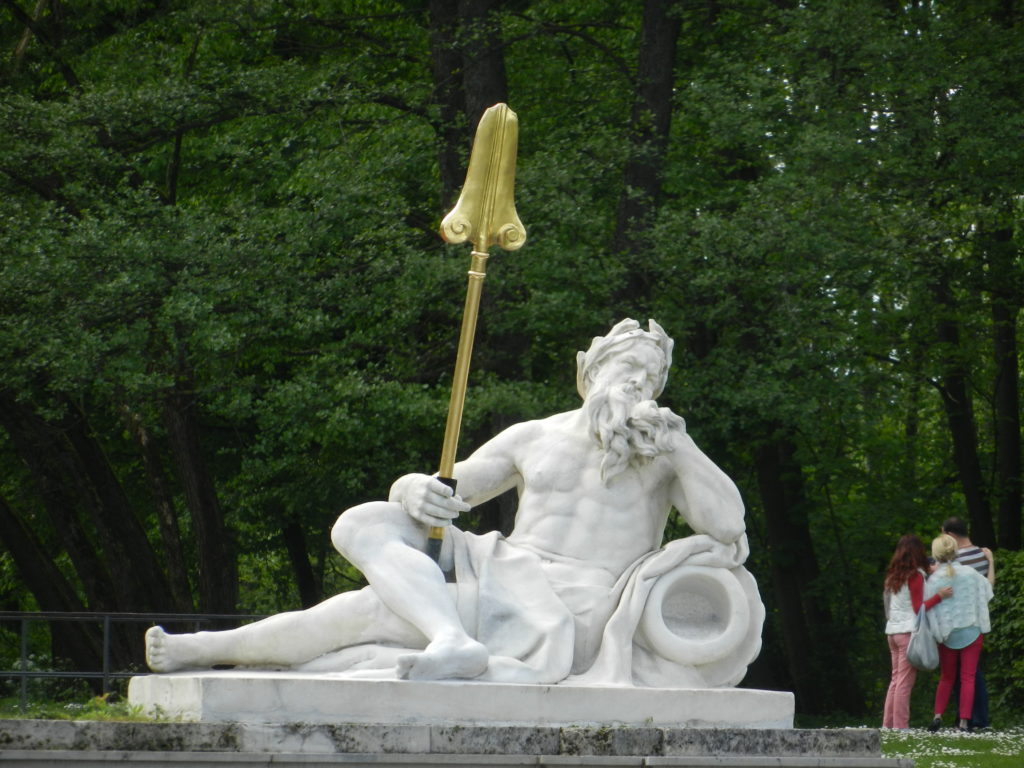
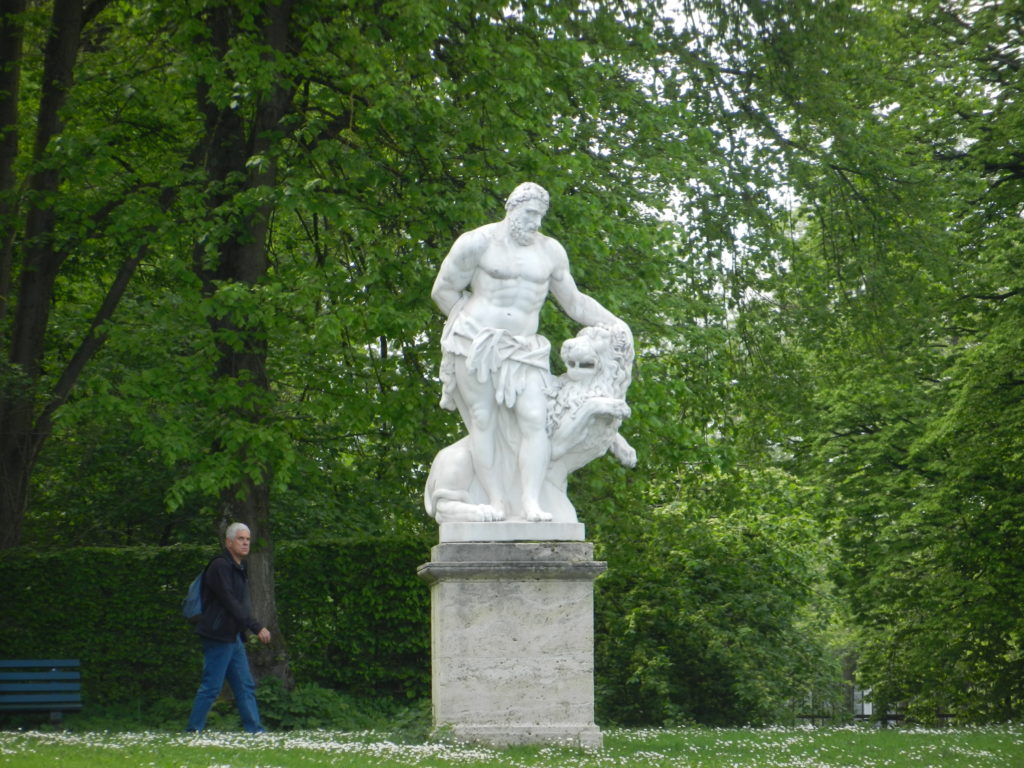
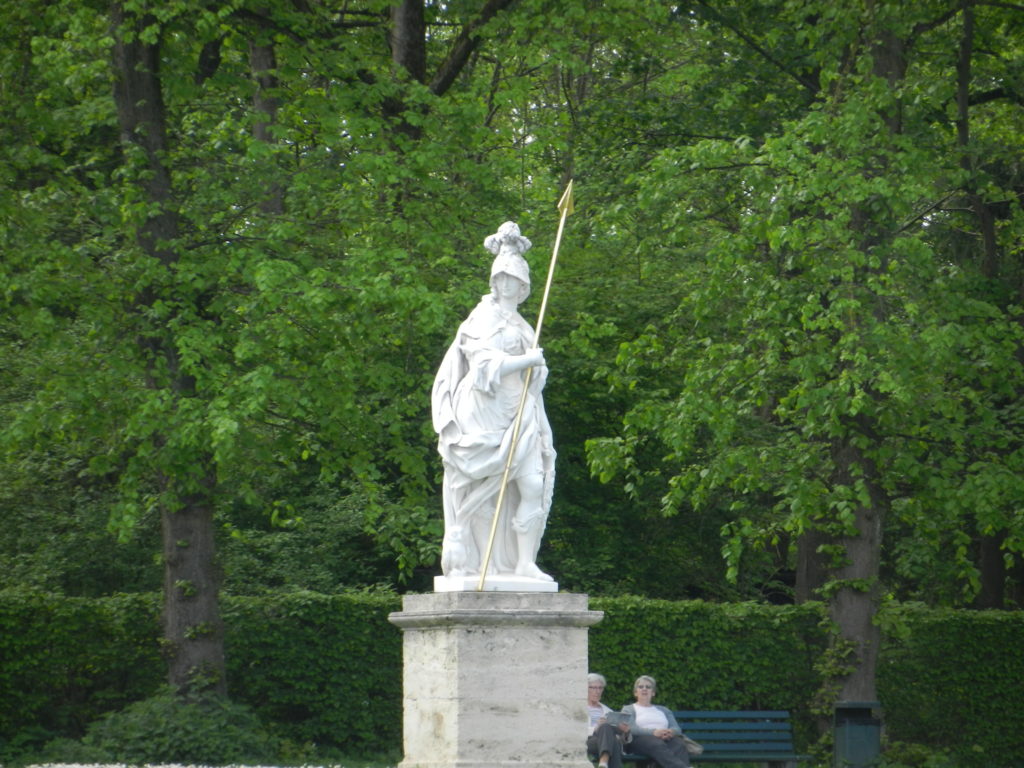
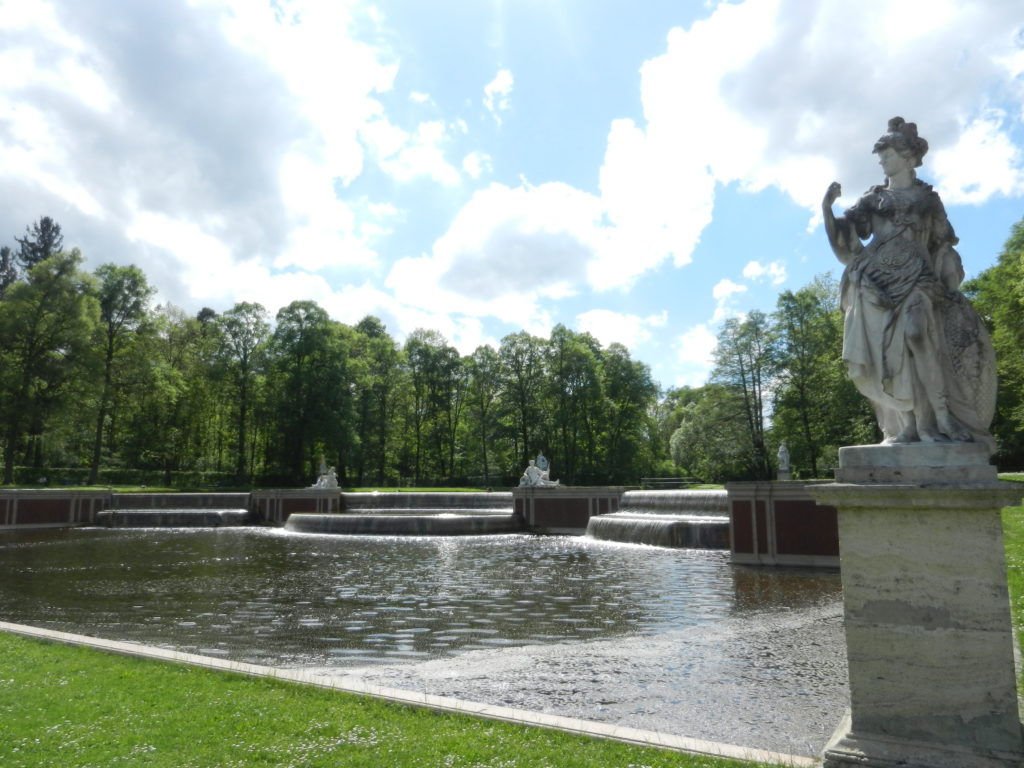
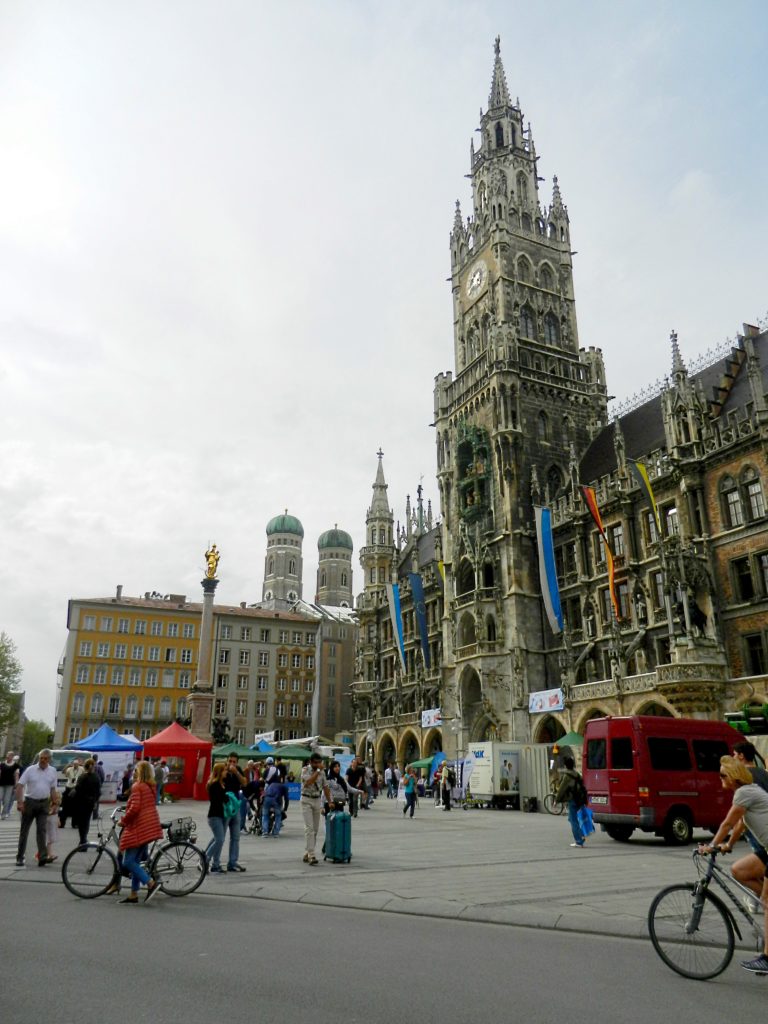

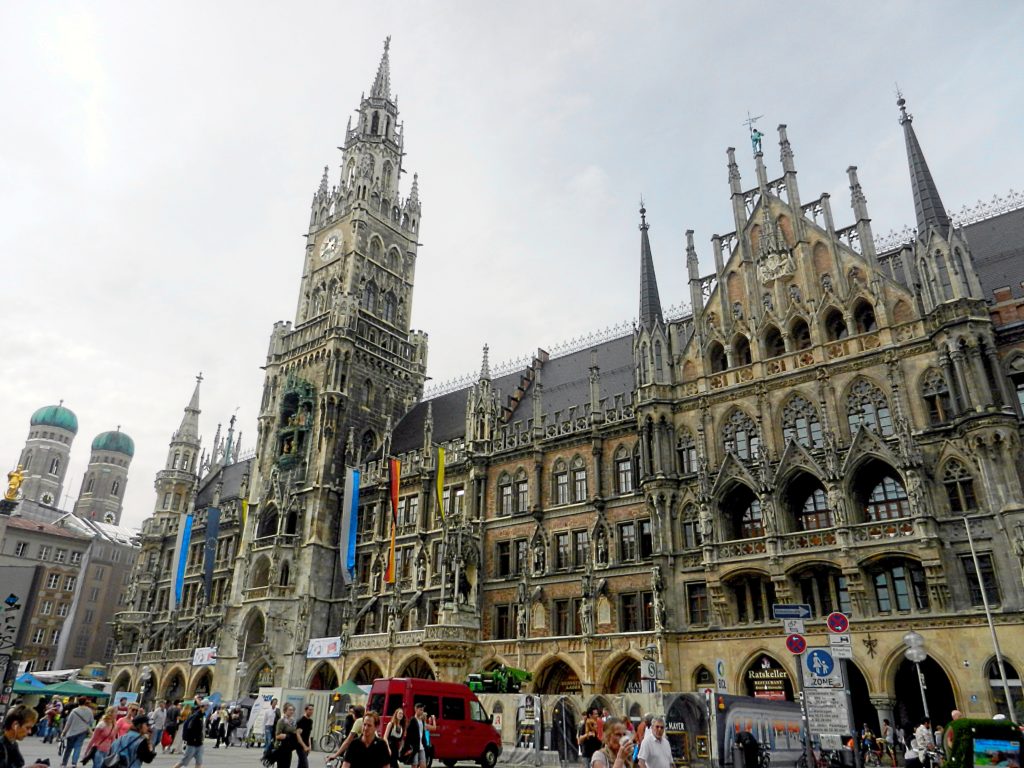
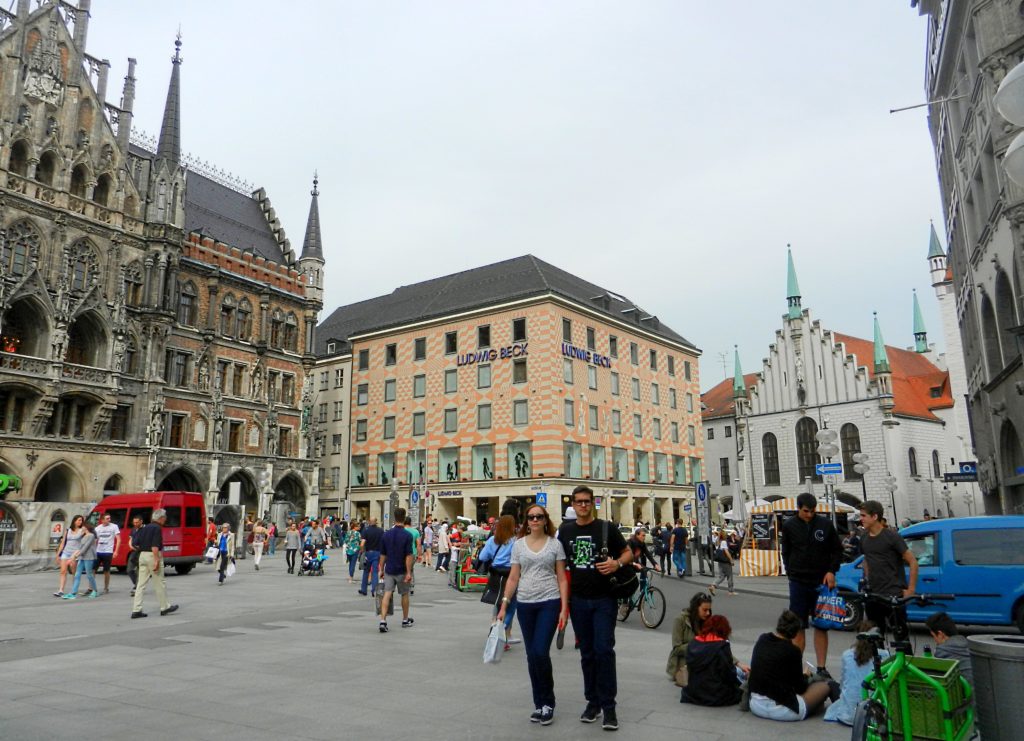
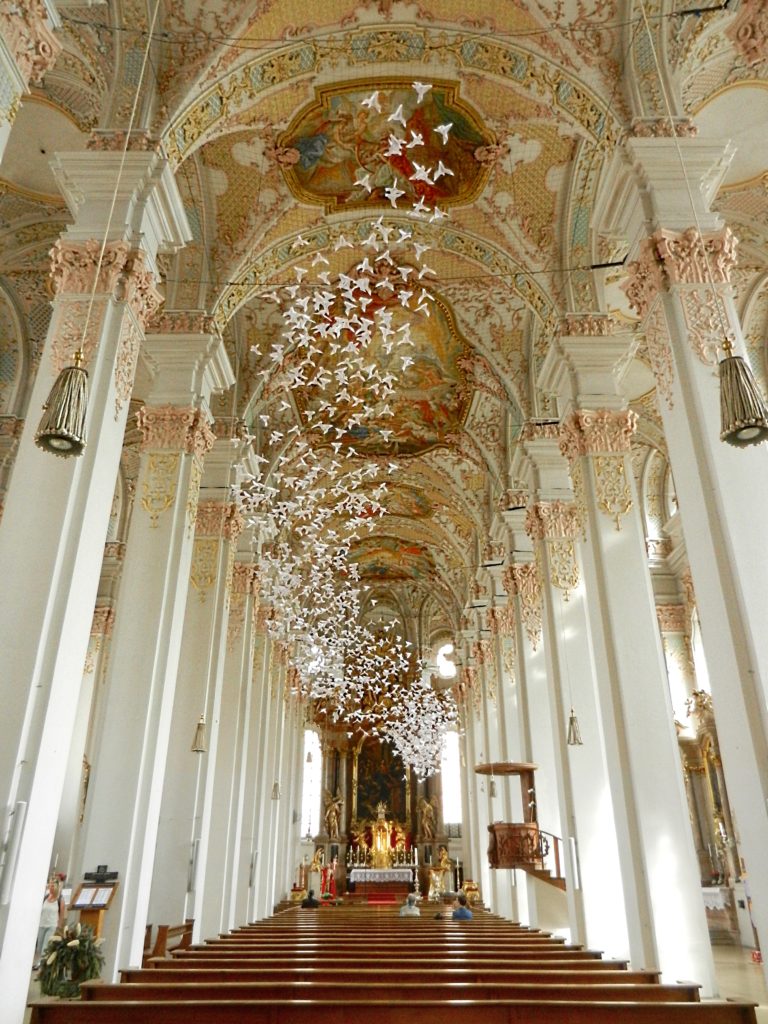
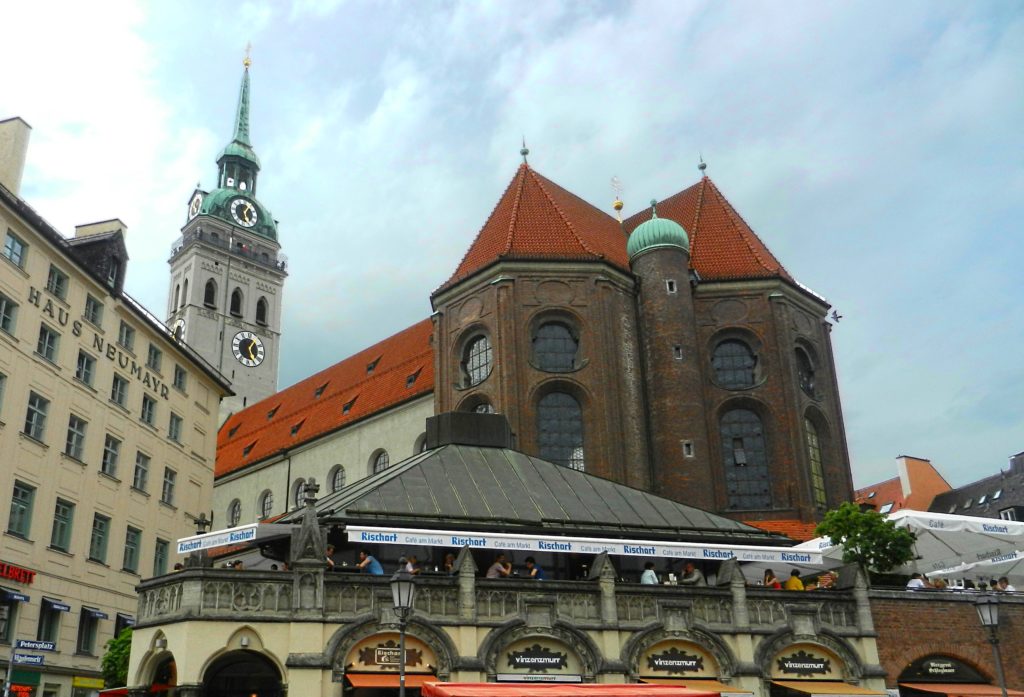
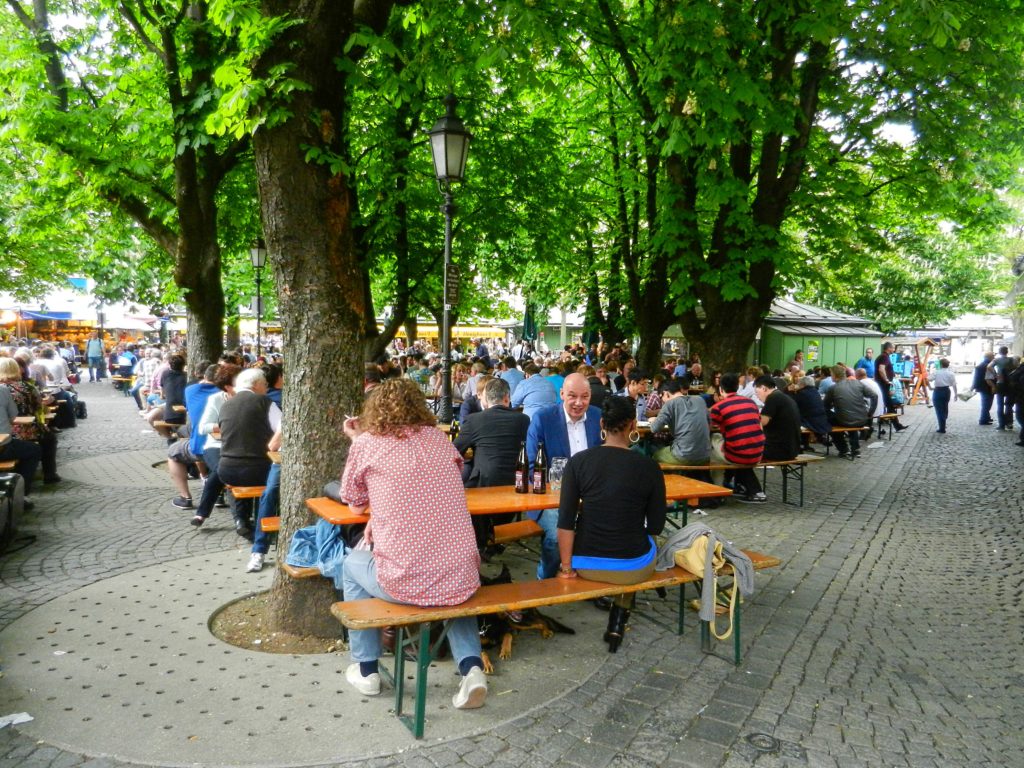
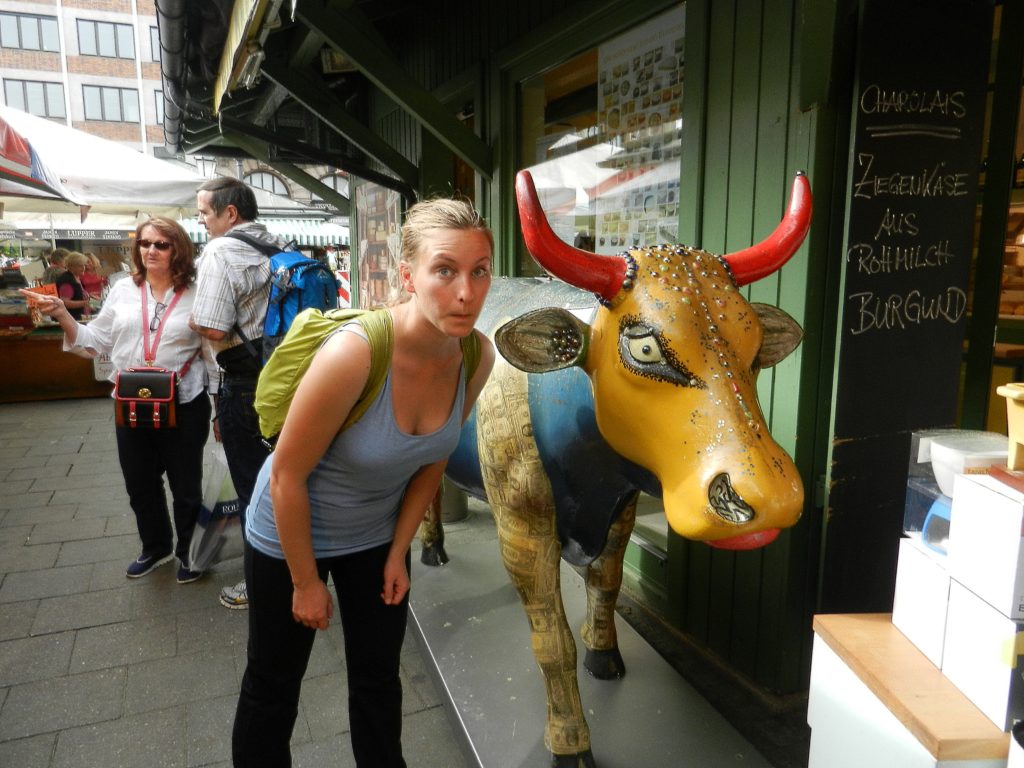
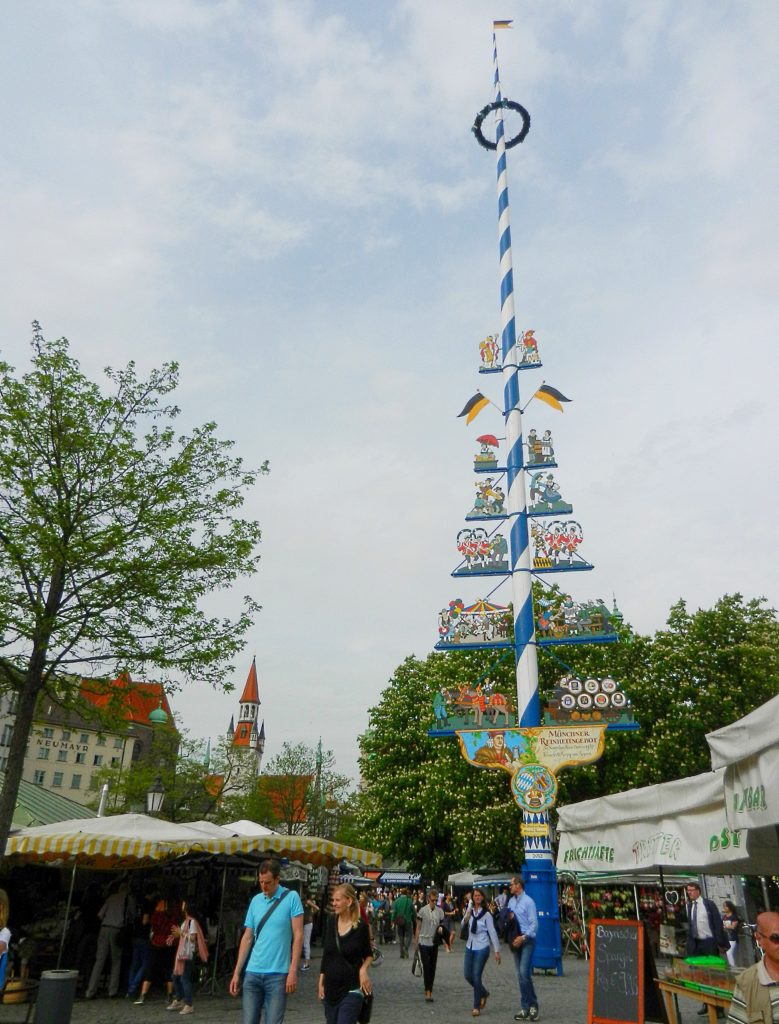
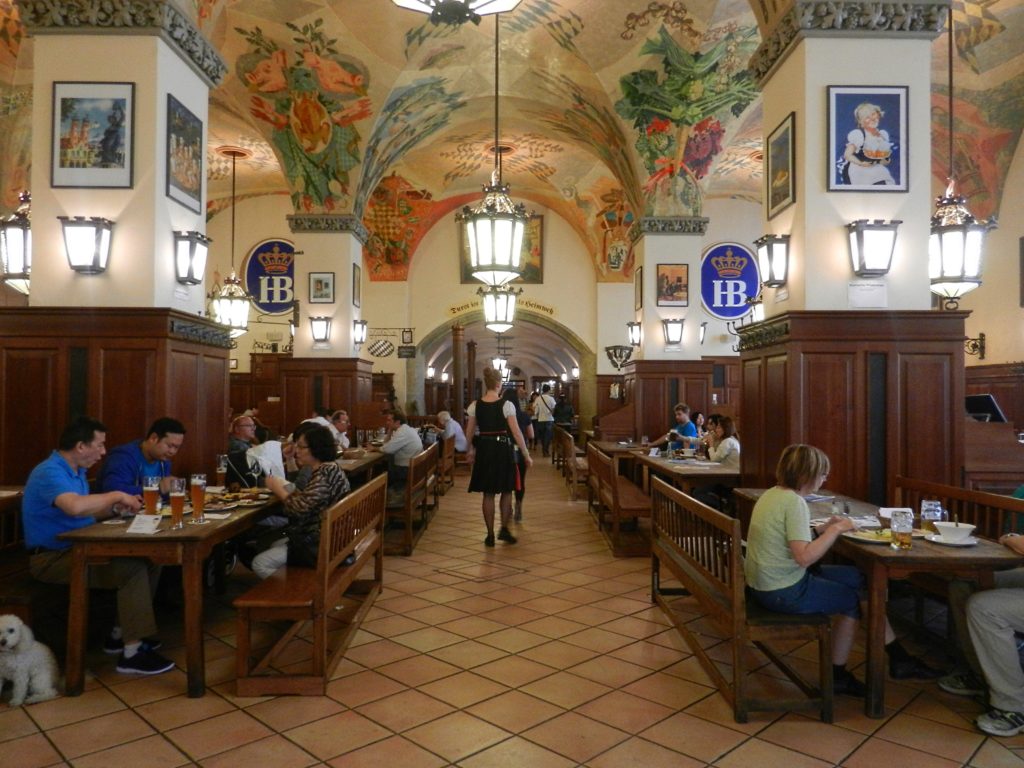
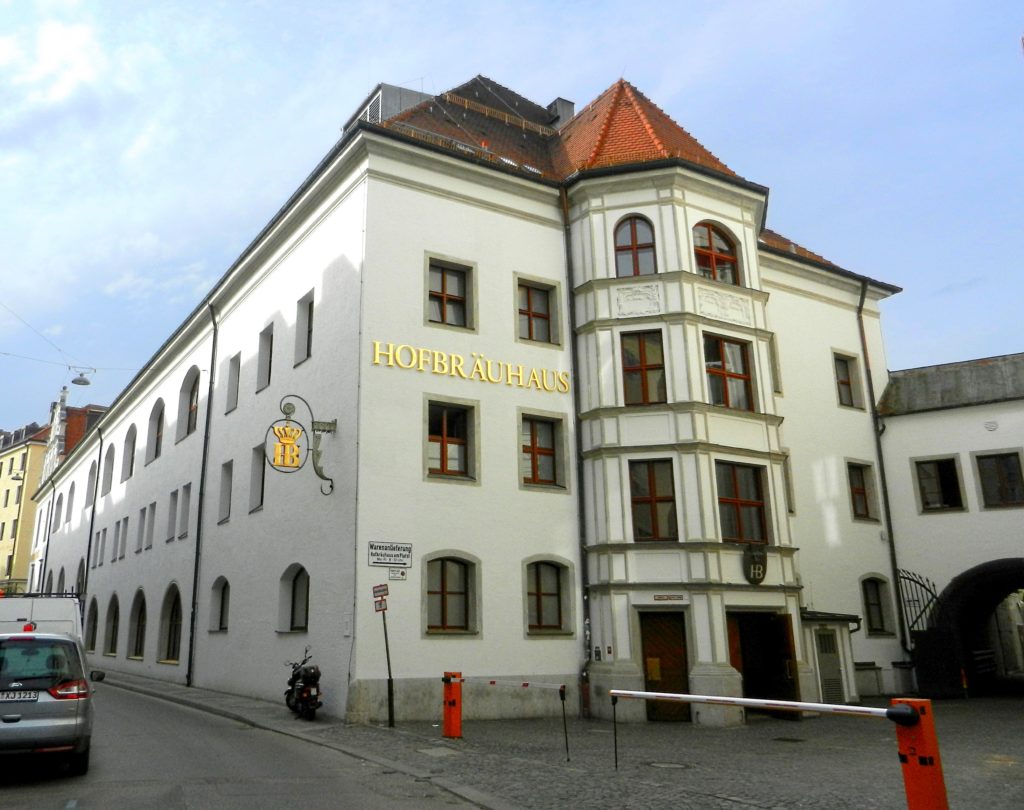
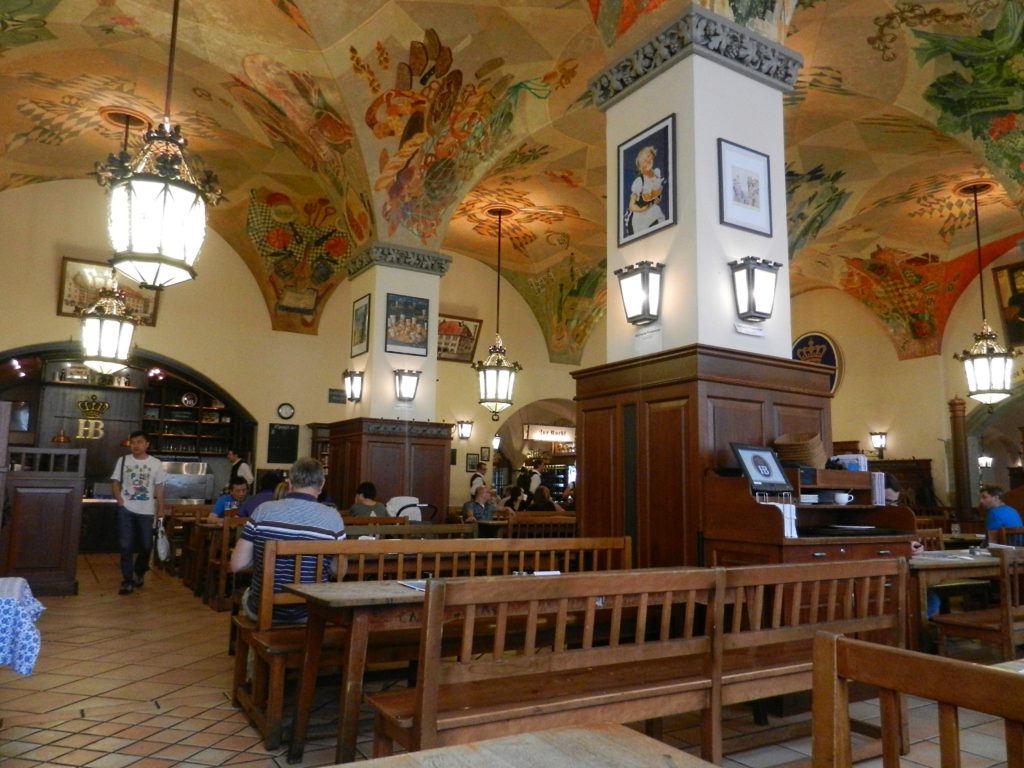
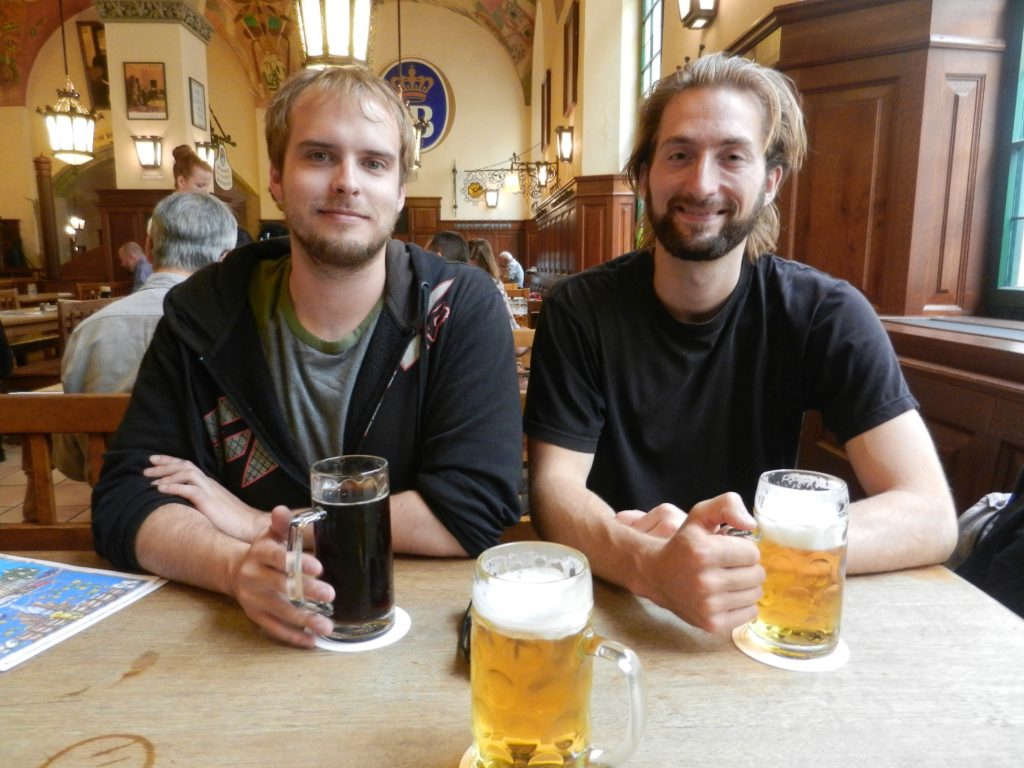
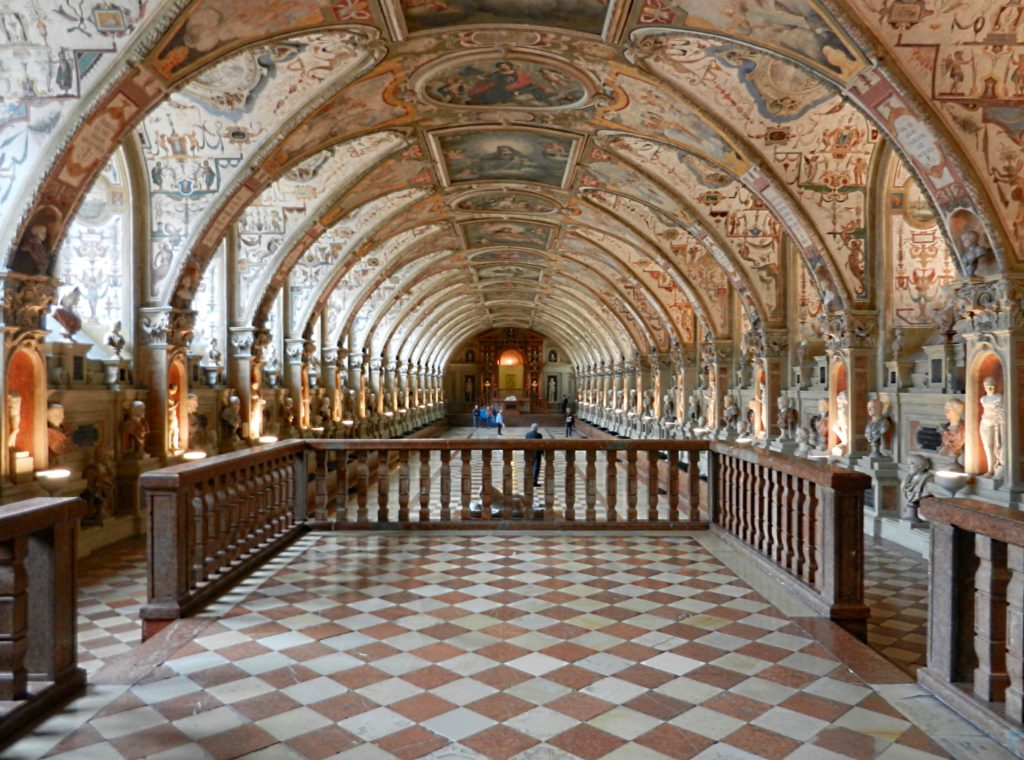
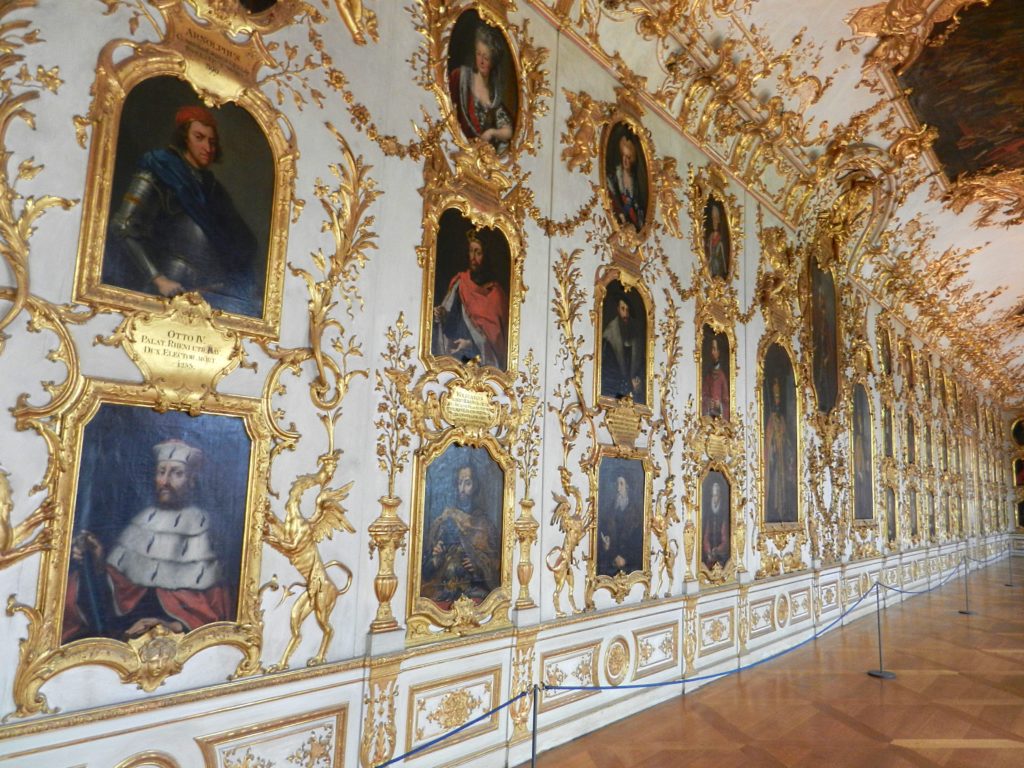
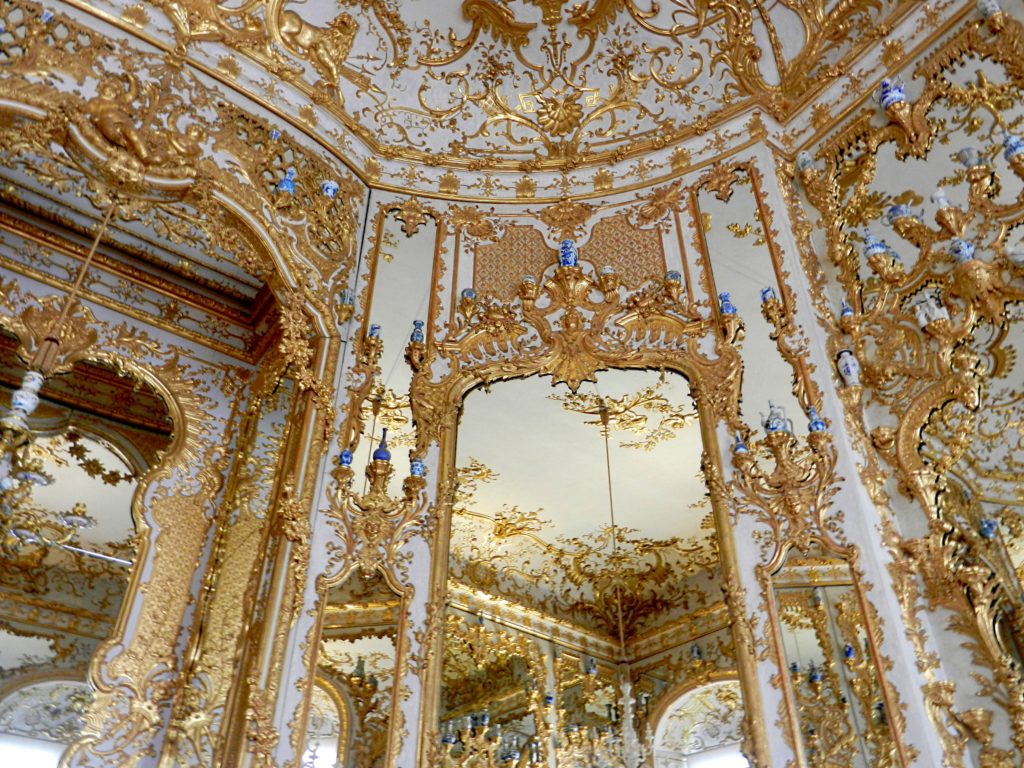
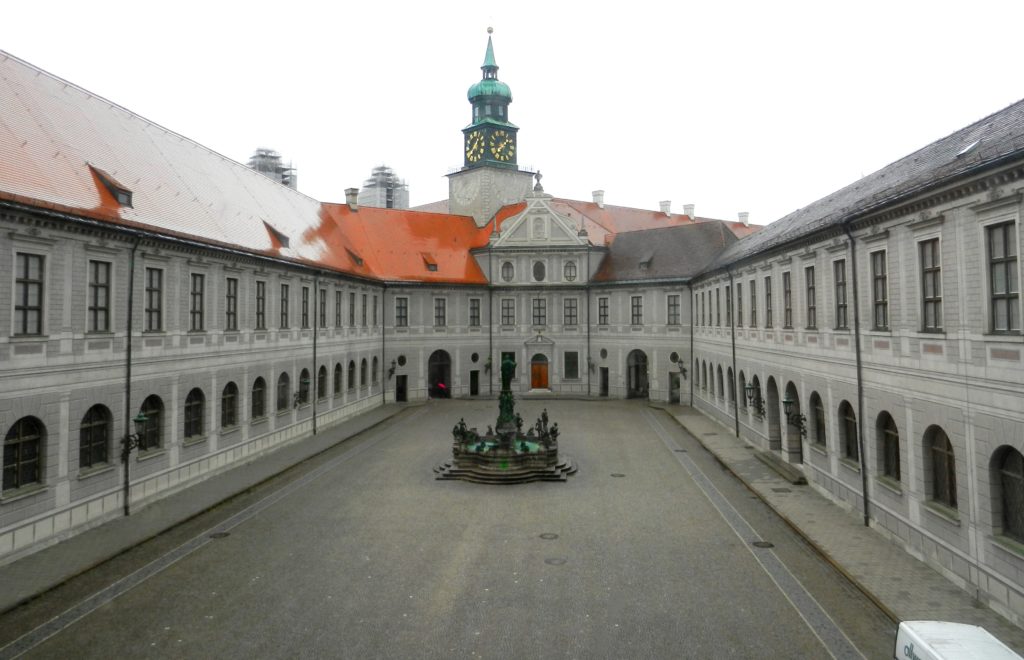
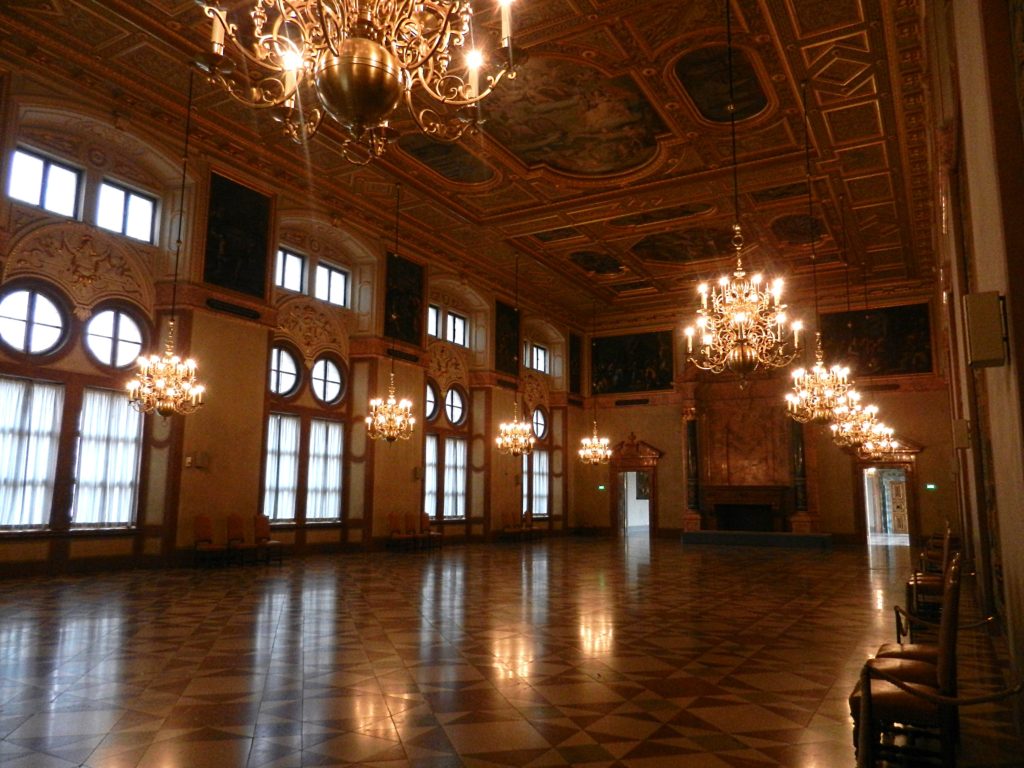
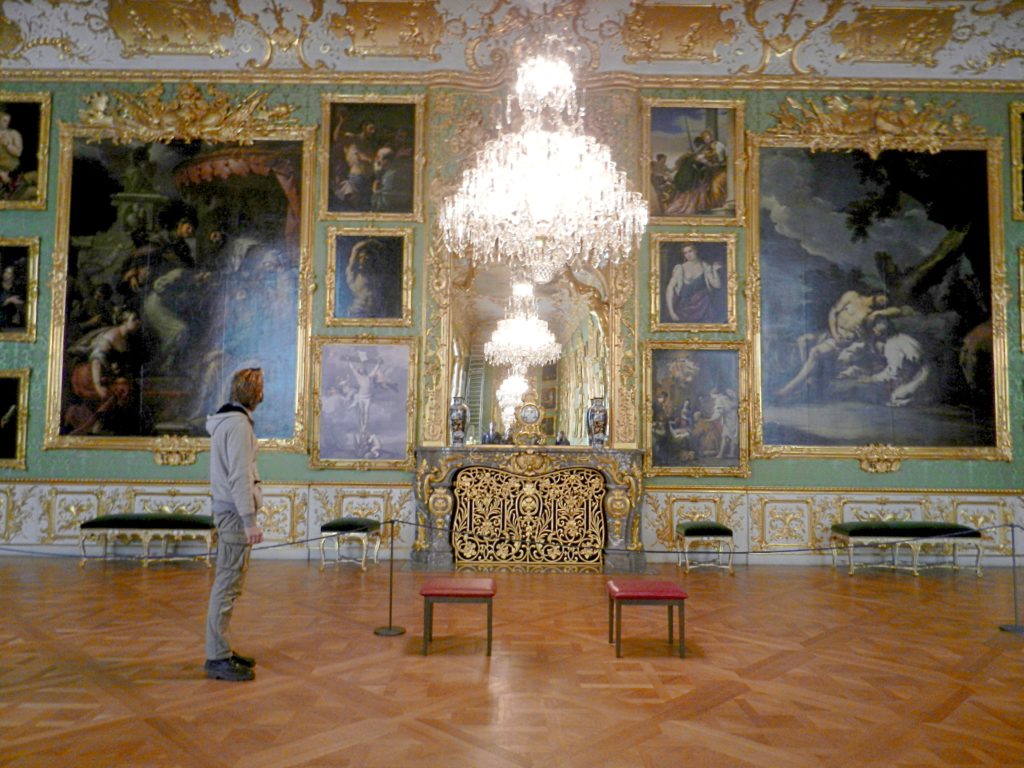
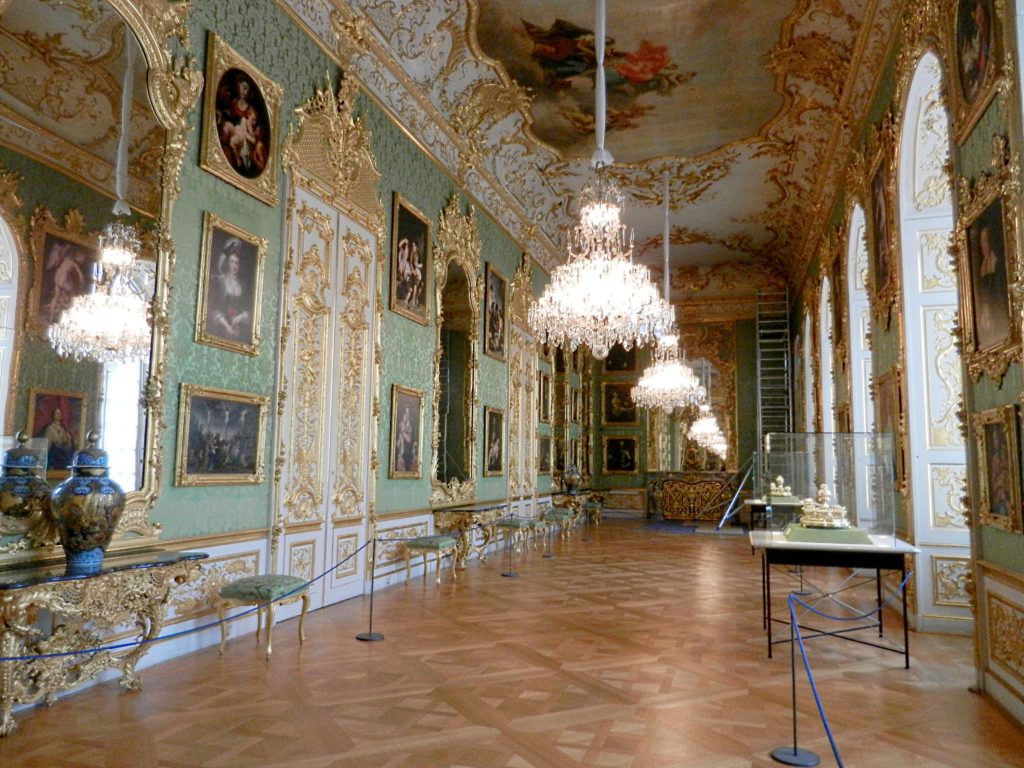
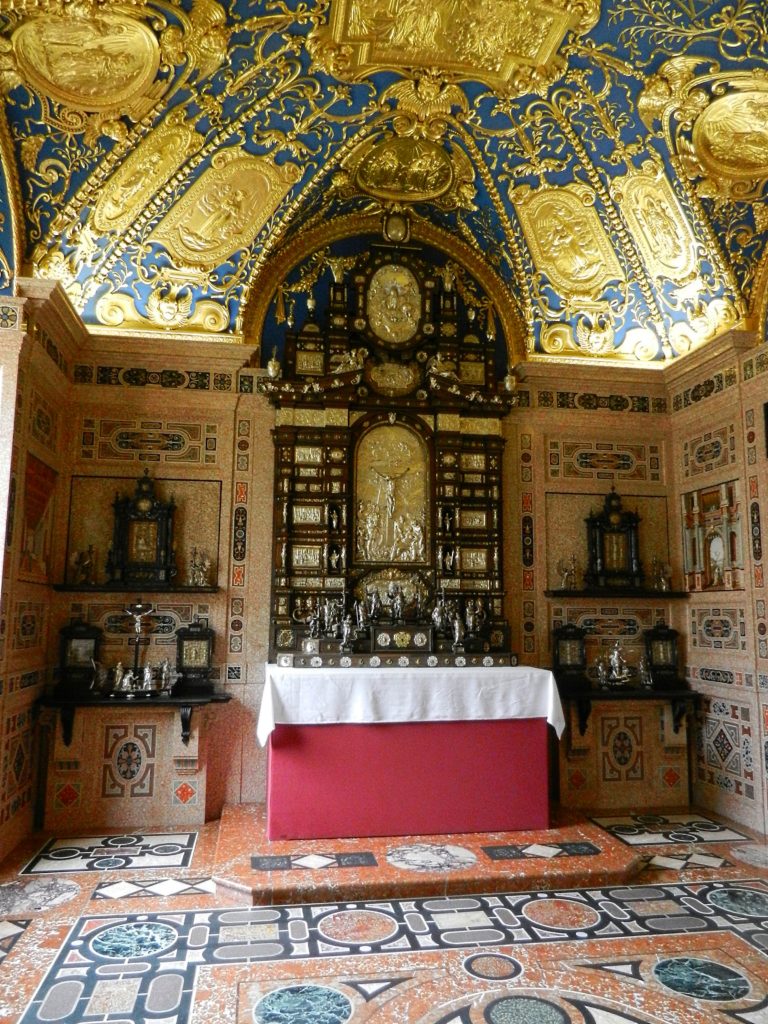
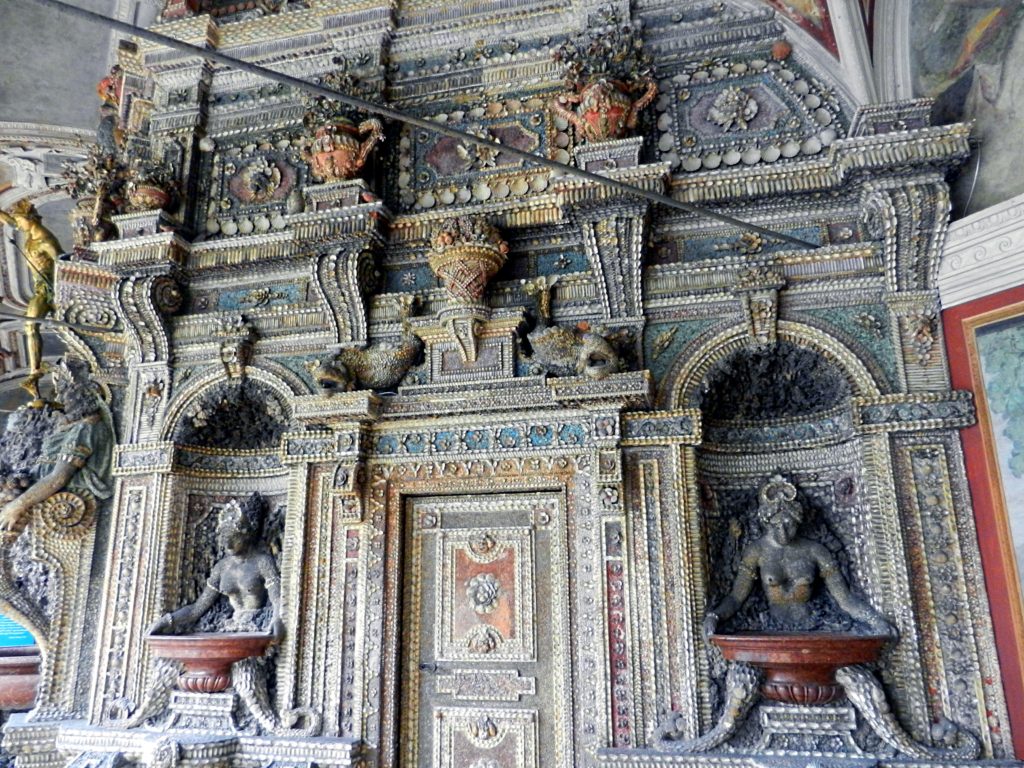


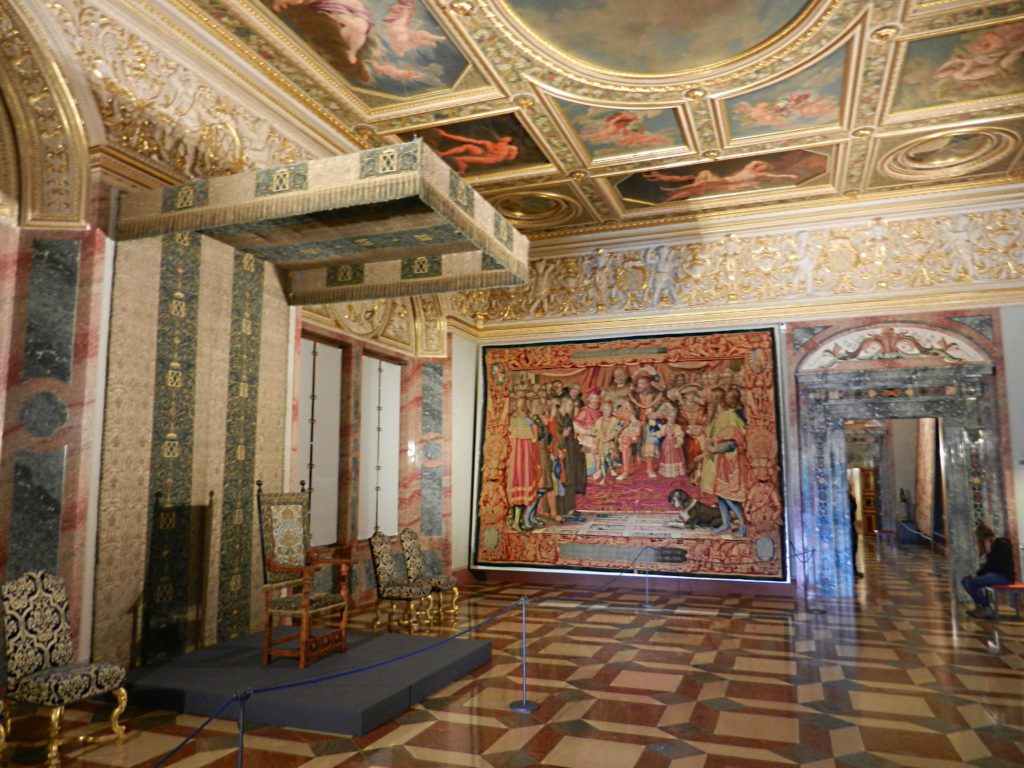
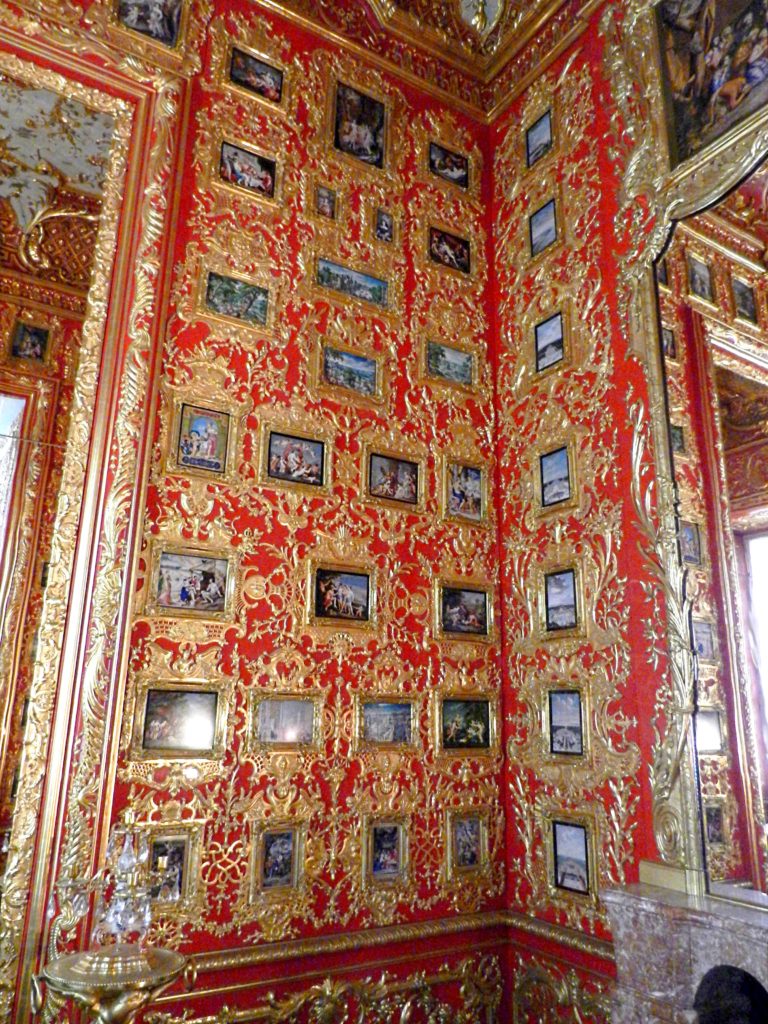
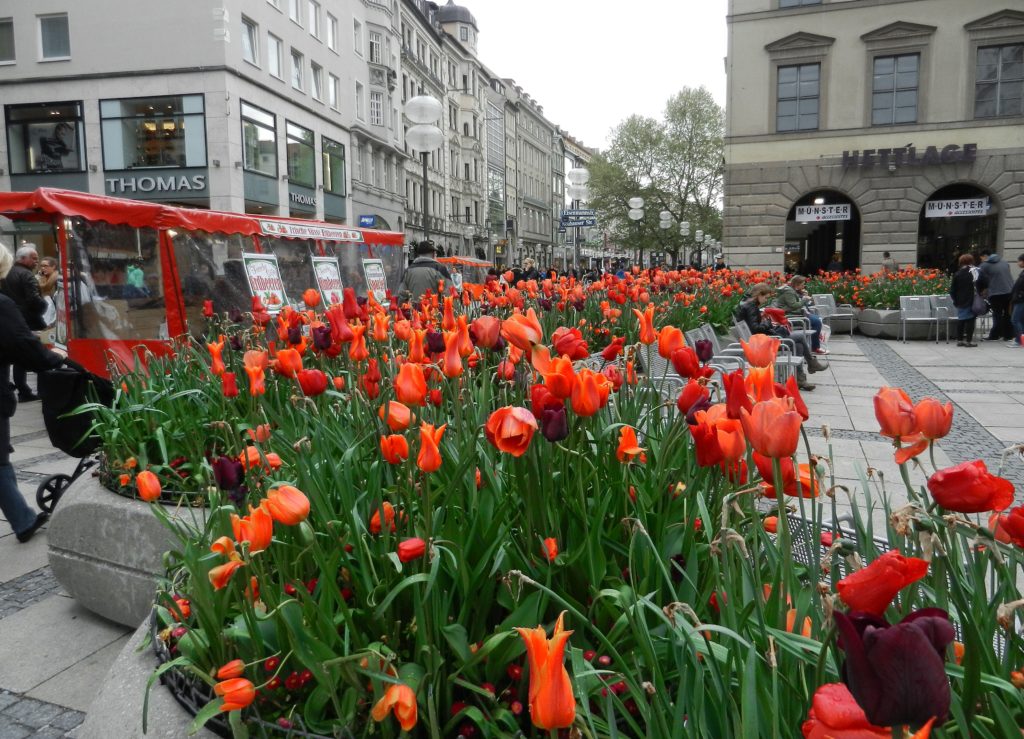
It sounds like your visit to Munich was wonderful, I really enjoyed your post and photos. I appreciate your link to my post about the city, I think it is a delightful city that everyone would enjoy visiting.
Thanks Karen, I’m glad you enjoyed it. I loved the photos in your article, I thought they showed off the best of Munich and they brought back some good memories for me.